peo lp e
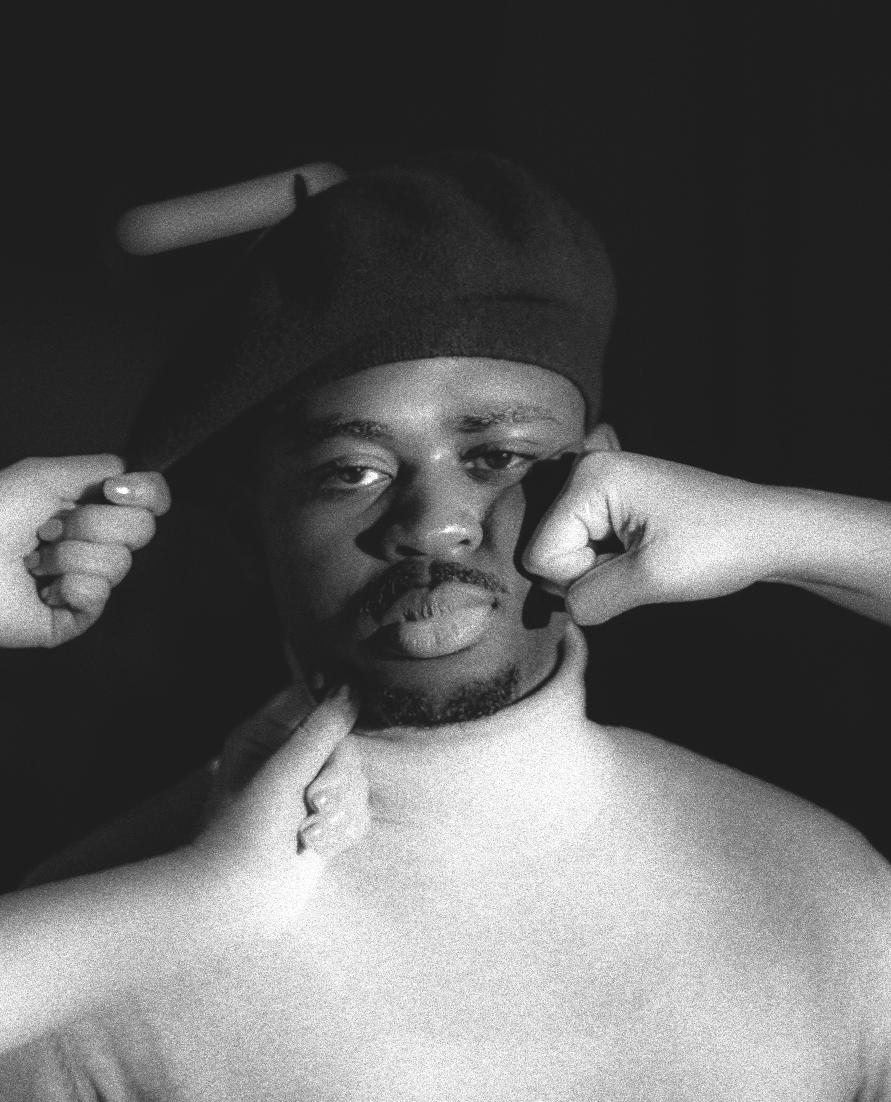
pferda
“for the”
To inconvenience oneself for the benefit of others.
content thesis statement a-m lexicon research posts n-z lexicon previous work future projects bibliography colophon
1 2-57 60-73 74-127 128-169 170-177 178 181
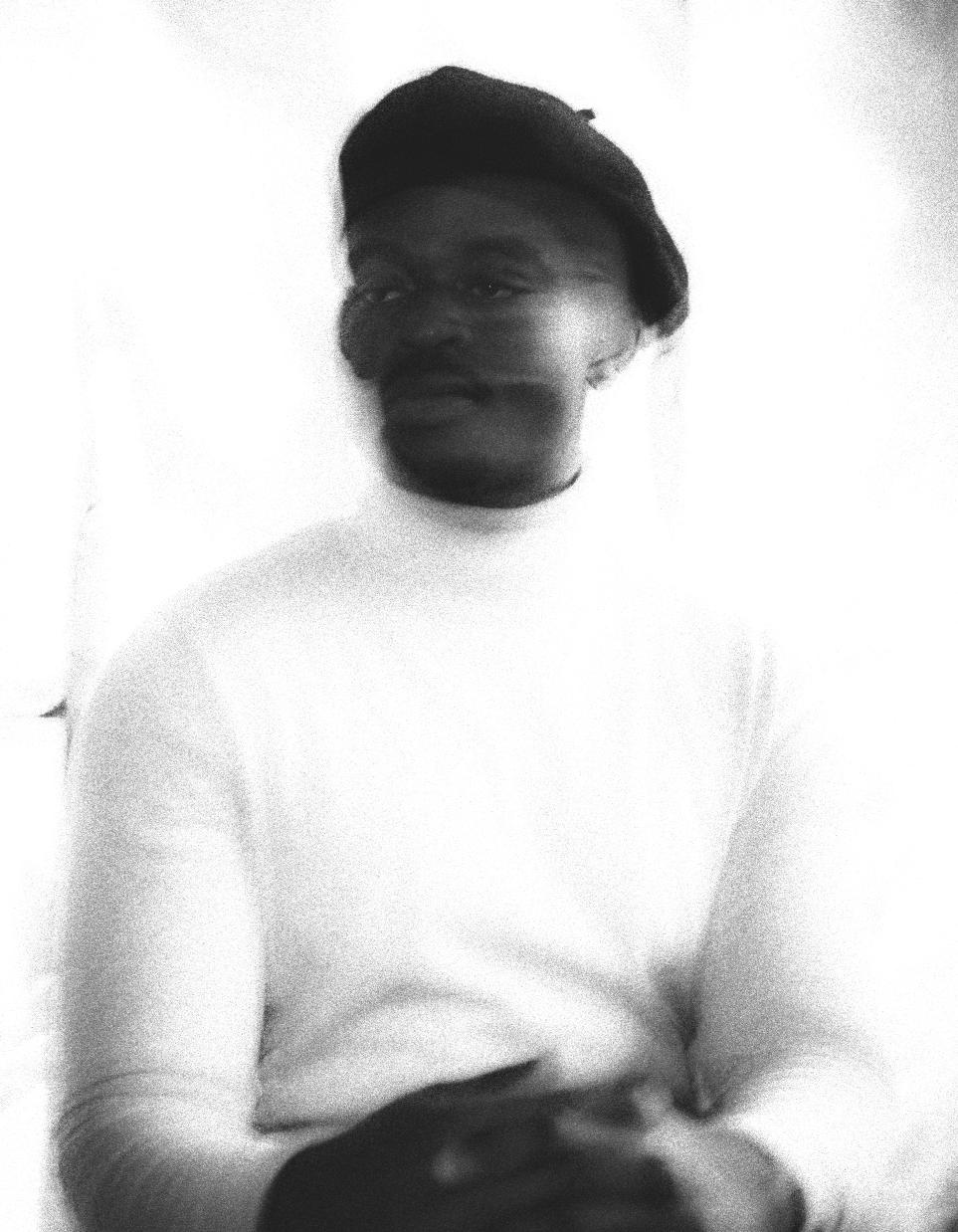
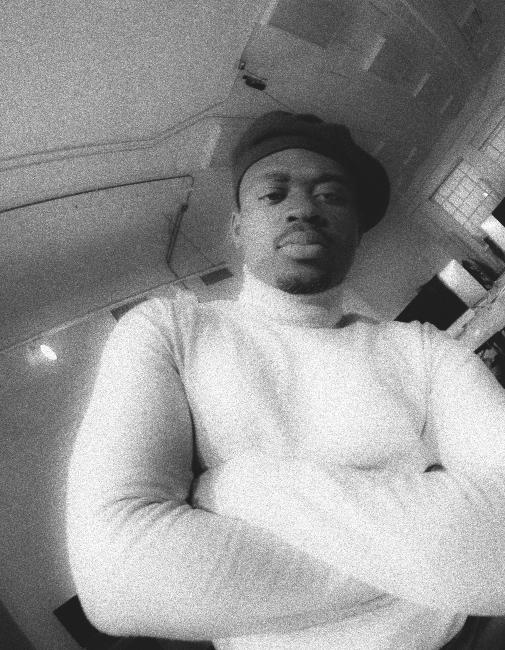
thesis statement

The conditions of the pandemic created a unique opportunity for artists to grow through the vehicle of social media, particularly Tik-Tok. From 2020-2021 the app transformed from dancing videos to a life-changing platform, as the everyday artist or business owner could utilize the algorithm to reach millions of users. I remember seeing all kinds of artists go viral, and believing I could do the same. It started slow, but after consistently posting my work for some time I gained momentum and began to experience success on the platform. My formula for success relied on direct communication with the audience in the comments and executing projects that they suggested. It felt very natural because that’s just who I am as a person. Super personable, social, and always looking to make someone’s day. All of these observations culminated in me branding myself as Psosi, The People’s Designer. A designer for the people. Which I later coined as pferda. So I took that and ran with it, and even merch of it. Recently though, after taking Design Theory with Yael, I realized I might have considered the way I have positioned myself as a designer. My intention is to design for the benefit of people, but currently, I feel as though my practice doesn’t give people enough power. I am operating more as a design expert rather than a facilitator. What if I were to shift my paradigm from designing for the people to with the people? What would that look like? It might not lead to as sexy of a design career, but it would align more with what my mission is. Wrestling with these questions and my identity as a designer has inspired me to focus my thesis on people.
I only have one more semester of access to the beautifully diverse community that is at Boston University and all the perspectives and ideas that originate from this network. Making intentional connections with the individuals in this community will allow me to draw conclusions about what it means to be human, communicate and co-exist with each other, and live out our individual purposes. It will also help me to identify the specific needs of people which I can follow up on with explorations on how design can intervene in a positive and tangible way. I will approach this with an ethnographic research approach in order to know my community on a more intimate level. I anticipate that this method will yield a more rich understanding of human behavior and how that can inform how I design with or for people.
Ultimately, we all want to share our stories and experiences; be seen, heard, loved, and belong. I am privileged enough to experience most of those things and I want to help bring isolated or marginalized individuals into that space too. I don’t want to be the voice for these people, but want to help empower them to have their own voice. I hope that by the end of my research I would’ve taken progressive steps toward figuring out what it truly means to be The People’s Designer.
le a-z xi
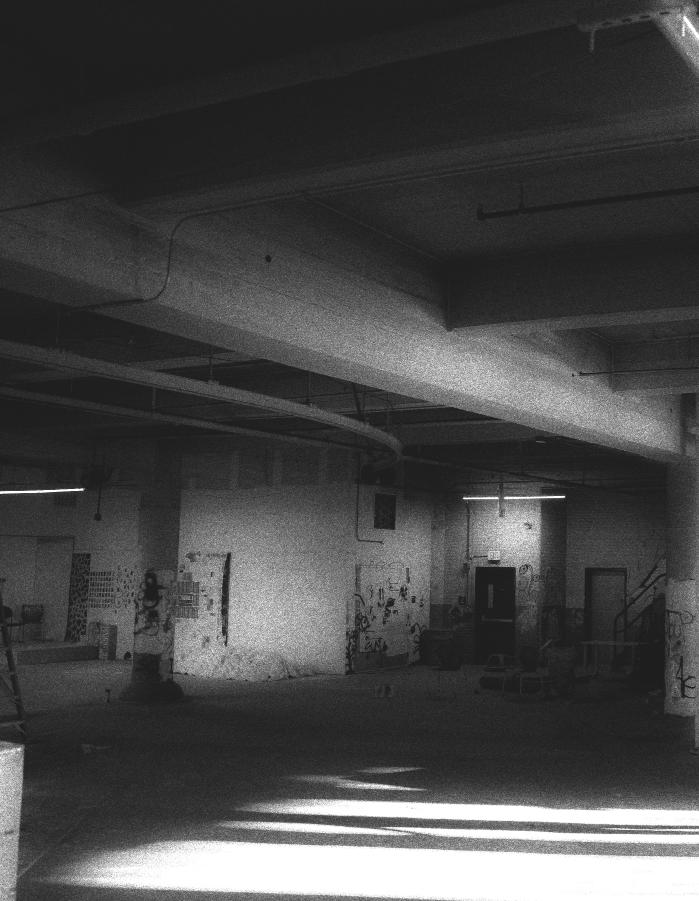
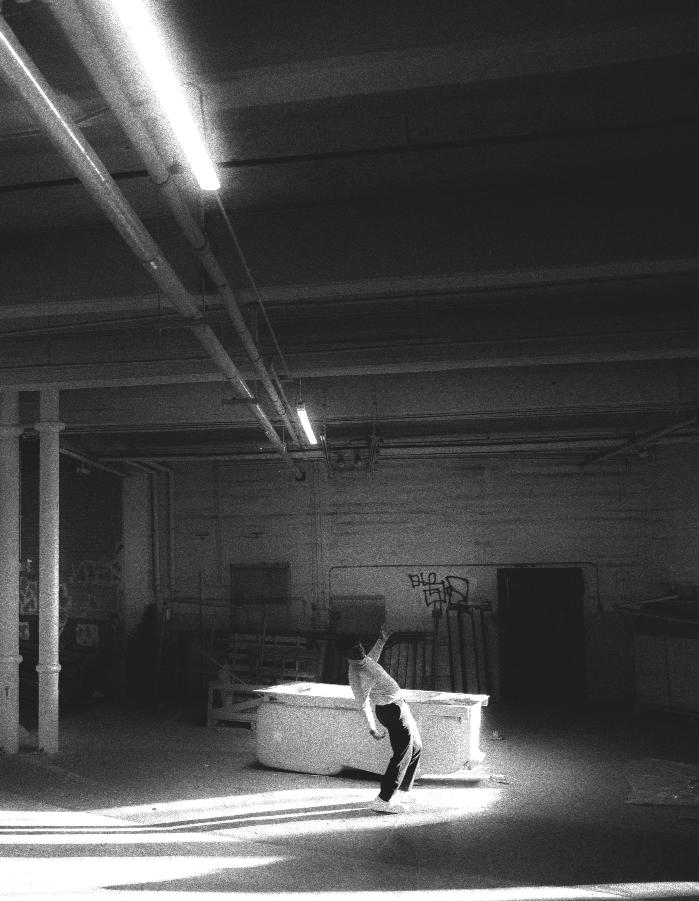
An exploration of the vocabulary for people.
To better understand people, connect with them, and design for them.
on thesis
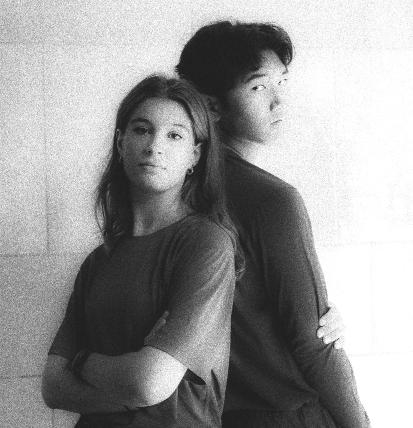
accepted access analog anthropology apparel artificial arts
authenticty
Western society increasingly relies on transactional relations to fuel the engine of capitalism that our nation runs on. Most interactions and conversations are artificial as we have virtually merged the physical and digital world through our obsession with social media, the meta-verse, etc. At times it feels as though I’m an NPC with a set script of dialogue repeating the same conversations with people. Over and over. I’m tired of having robotic interactions. But how do I break out of this system? How do I live out true authenticity in how I relate to others and myself? What facades must I crush and bury in the dirt to be who I am truly meant to be? Creating from a place of authenticity allows for a design practice that is more personable, ethical, and emphasizes our humanity.
b
beliefs binary bro
belonging
There is a difference between fitting in and belonging. Fitting in implies a transition of perspective whereas belonging means that there is an alignment of core values and morals shared amongst a collection of individuals. I feel like one of the most difficult positions to be in as a human is to fit into different communities but realize that you don’t truly belong. This in-between space is tough to navigate because identity, sense of place, and purpose are at risk. Would you rather fit in and not be completely and authentically yourself, or seek to belong at the risk of feeling lonely. This paradox primarily exists for people who exist in a diverse context, like myself. We all want to belong because we were meant to exist in community. Mankind is no island.
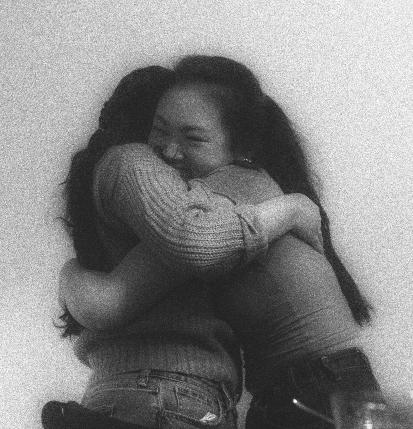
thoughts on thesis
b bb
thoughts on thesis
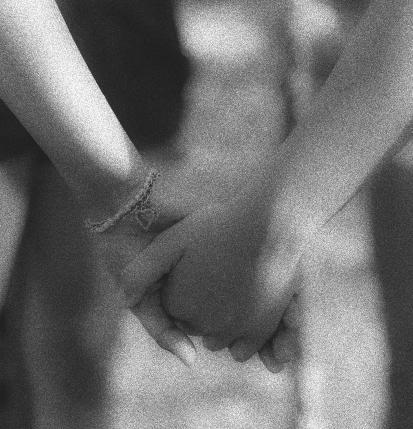
community
What would we do without community? It exists everywhere, in every shape and form. So much so that I believe no finite definition that is satisfactory enough to represent what this word means to people. It can be difficult to find the vocabulary to properly communicate the impact that being integrated into a community can have but it is so important. In higher education especially, students are fortunate to be around peers who have a wide range of interests and perspectives. My experience at BU has showed me the power that comes with being integrated into different communities, especially as an artist. I’m capable of speaking to this multitude of people through the universal language that is visual arts and form connections that I hope to transition into meaningful relationships.
capitalism casual catalyze character collaboration communicate complacent connection consistency critical culture
dap up data demographic design desire desire dialogue digital diversity document down to earth
depth
Most of my relationships lack a real depth. I feel like if I took a friendship test with most of the people I’m close with I wouldn’t do well. I’m not really sure why, because I try to be intentional in getting to know people but I’ve realized that I only seem to get know people within the context of education. And when I do spend time with people outside of school, conversations still gravitate towards school. Or on the other hand, there isn’t really space for conversation because I’m doing an activi- ty that leaves little space for that in-between dialogue. I have a strong desire to learn how to learn about people at a different level. What questions can I ask that will lead to someone revealing more about themselves than just surface level information? I’m trying to work on building this database of questions.
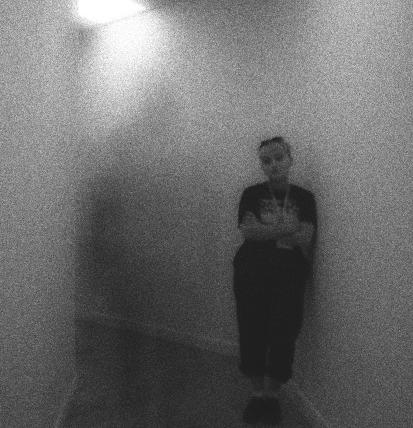
thoughts on thesis
e ee
on thesis
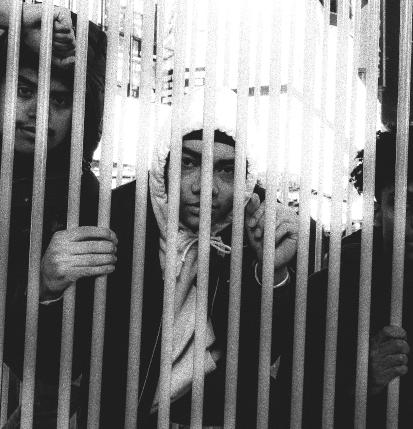
ethnograpy
I was first introduced to the field of ethnography through my medical anthropology class during junior year. We had a project where we had to address a scientific topic by collecting qualitative data through interview. I really enjoyed this approach because it allowed my partner and I to bring humanity to a subject that was so deprived of human touch. In the same way, I think the process of my thesis research would benefit from an intense observational and research approach to uncover the depths of what it means to design for the people. Additionally, I think this would help me improve communication skills and critical question asking, along with maximizing the perspectives within the BU network while I still have access to them in the way that I do now.
education encourage energy engage environment ethnicity explore expression
facilitate faith family friends future
facilitate
fIn my design theory class we had several conversations about designers existing as facilitators rather than expert or celebrity. As a designer who has branded myself as for the people, I failed to acknowledge the difference between designing for people and with people. Because ultimately I feel like I want my design practice to empower people but I currently operate under the persona of designer as celebrity; making work that people enjoy, that fixates me as an expert in my craft. To create tangible positive experiences for individuals within a community I think I might have to shift my paradigm to bring the audience in as more of a contributer to my process. I’m not exactly sure what this will look like, but I’m interested in exploring how other artists or studios have executed this.
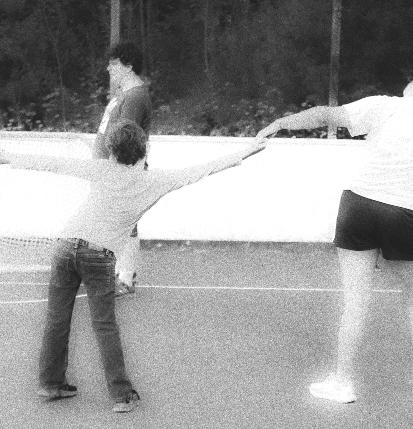
thoughts on thesis
f ff
thoughts on thesis
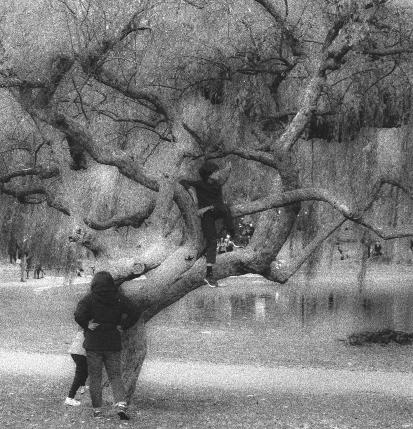
gallery geography give greetings group
growth
I don’t get to choose if I grow physically, but with each and every day of this life I am fortunate enough to live, there is an opportunity for growth. In intimacy with friends, knowledge on how to navigate this crazy world, and in faith as I seek to follow Jesus. And well, of course in my artistic craft. But at this stage of my life development, I think I’m advanced enough in that area where I can focus more energy on growing in soft skills like maintain conversations with anyone and everyone and building a habit of consistency. At the same time though, I never want to feel like I’ve arrived as an artist. I try to maintain a posture of humility and allow myself to learn from anyone and everyone who is a creator.
h
harsh heard hello hierarchy humanity
home
Why is that whenever you meet someone the follow up question to getting their name is where they’re from? As a society, we have deemed this piece of information to be absolutely essential to understanding the context of where someone is at in their life journey at the moment in time that you cross paths. It’s cliche, but I don’t think home can purely be defined as a geographical location. People make up what the feeling of home is. So what would happen if I described home in terms of the people I grew up around when asked where I’m from? I guess it wouldn’t really be helpful because that description could apply to multiple places. And even if the details were hyper-specific, that person won’t connect with that descriptive information if they have no familiarity with my hometown. So outside of Philly it is.
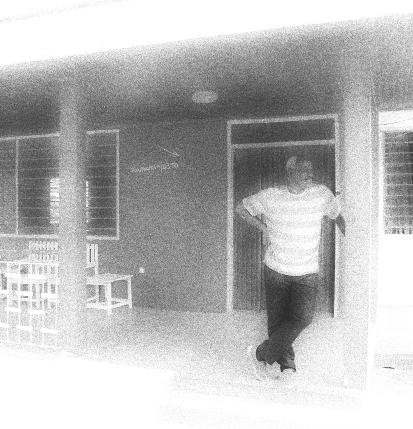
thoughts on thesis
h hh
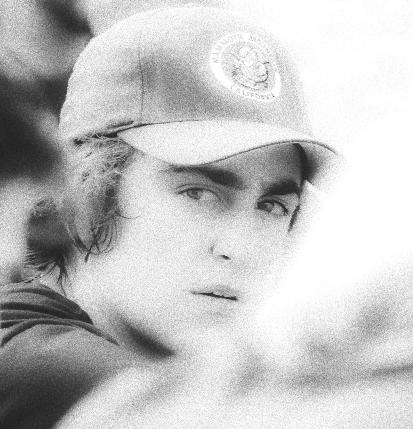
immigrant inclusive individuality inspire interaction intimacy isolation
identity
I could talk about identity for days on days. It’s essential to our existence on this planet and how we choose to live it. As an immigrant who has grown up in communities with people who are not from my native background it is always difficult to anchor myself in one identity. I’m Ghanaian, but can’t speak or understand my local language. I’m American but I could barely tell you anything about the history of this country. Or the history of any country really. Maybe the issue is that I haven’t spent enough time committing to understanding historical contexts of the core parts of my identity and how they can inform the way I live my life now. It’s okay to apply different personalities to the diverse range of social situations that can I arise, but identity should be set in stone. I hope to establish my identity soon, so that the crucial decisions that I will have to make in the coming years align with it.
joyOne of the things that brings me great joy is making work that brings people joy. Either because the subject of the work is precious to them or because they are excited to have a personal connection to the work through knowing me. Like I have been told before that people have told their families about me and my work at dinner. That’s a large part of what motivates me to continue to create. It feels selfish at times though, to essentially seek out this person validation that I want to disguise as a joyous craft. But I know I find the most joy in creation, because no matter what, I will always return to it. Nothing will ever permanently keep me away from making something. And even if I don’t maintain the same joy through all projects, I’m always looking forward to the next opportunity to create.
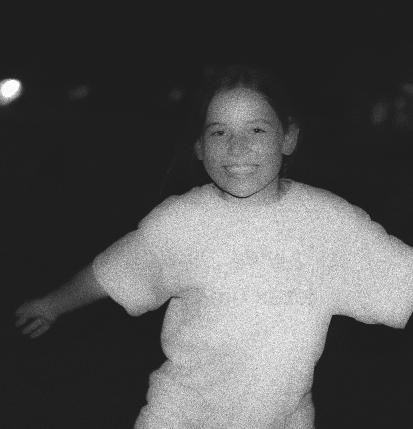
on thesis
kk kk
thoughts on thesis
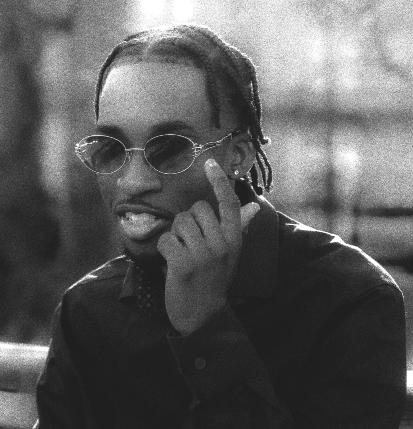
knowledge
If you want to hide something from black people, put in a book. Malcolm X once said that, and it’s something that has been mentioned to me by my mom and uncle on a multiple occasions. One thing I will always regret is spending so many hours of my summer in High School playing NBA 2k13 rather than reading and acquiring knowledge. Especially because as we age, there is less and less free time to spend reading unless you’re willing to sacrifice another activity. I’ve been so obsessed with working on my design practice that I’ve neglected to educate myself on how to achieve financial freedom along with other aspects of adult life. I also don’t think I’ve taken full advantage of all the resources available to me as a student, like guest lectures, or my peers and professors that have so much to offer from their life experiences.
learn localized loved lowercase
layers
lShrek once said, “Ogres are like onions, they have layers.” So I guess humans are a lot like ogres, because there are so many parts to an individual. You can’t be vulnerable and peel back the layers with everyone though. Some people might take advantage and use that to exploit your weaknesses. Because of this risk, I feel that most people are guarded and never show their true selves until they get to really know the character of the person they’re sharing their life with. I want to peel back the layers of the strangers in my BU community to understand where they’re coming from, why they think the way they do and who they are at heart. I’m particularly interested to see who’s willing to reveal who they are to someone who is practically a stranger.
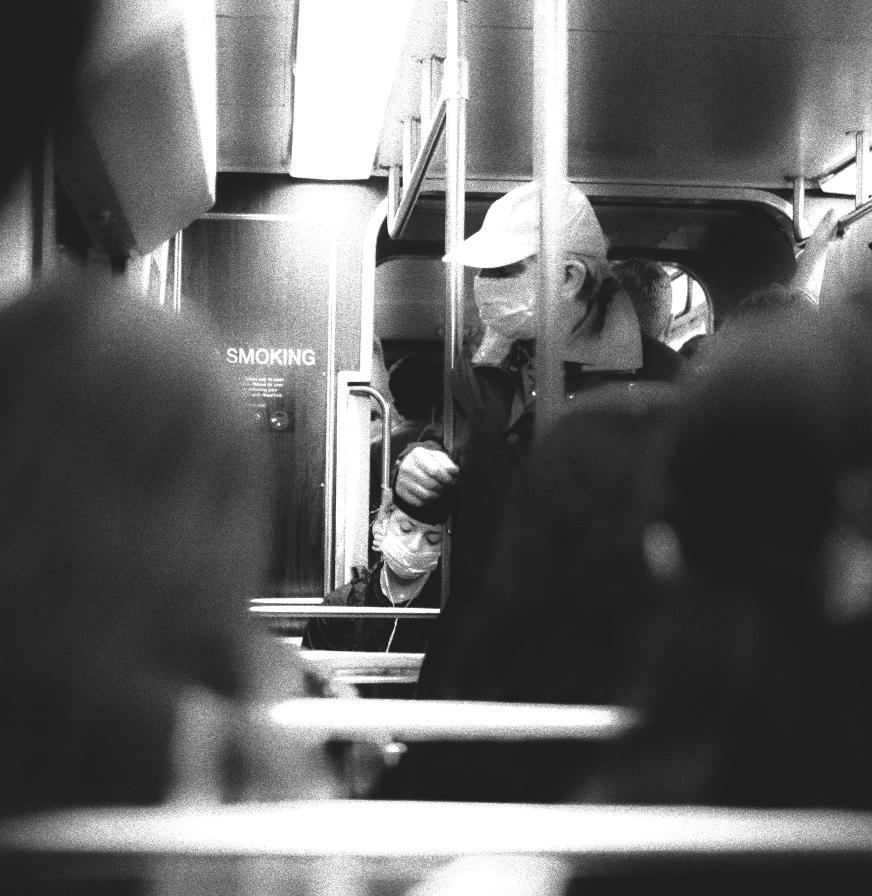
on thesis
mm m
thoughts on thesis
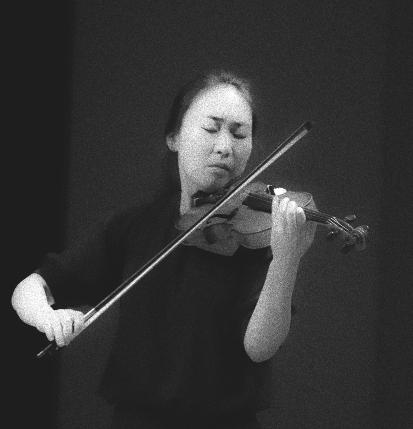
management
meaning
I want to be an artist that makes meaningful work. But why am I so obsessed with this idea of meaningful work? There’s a certain level of selfishness that comes with wanting to positively impact people I think. I want to be acknowledged and seen. Because I think that’s all any human really wants. And I figure the way I can do that is to actively insert myself into the public eye. But what does meaningful work even look like? And who gets to decide what has meaning and what doesn’t? This is why it’s crucial to know who you’re designing for, because language and visuals can be interpreted differently depending on cultural context. For instance, I made a Ghana World Cup design and placed it on a black tee. In the US, that’s the standard, but in Ghana black is automatically associated with death and funerals, so my grandfather asked me to put it on a white shirt for him, which means victory.
int er m s
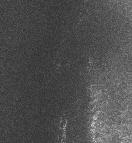
mi iss on
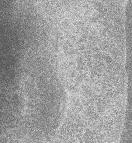
respoear
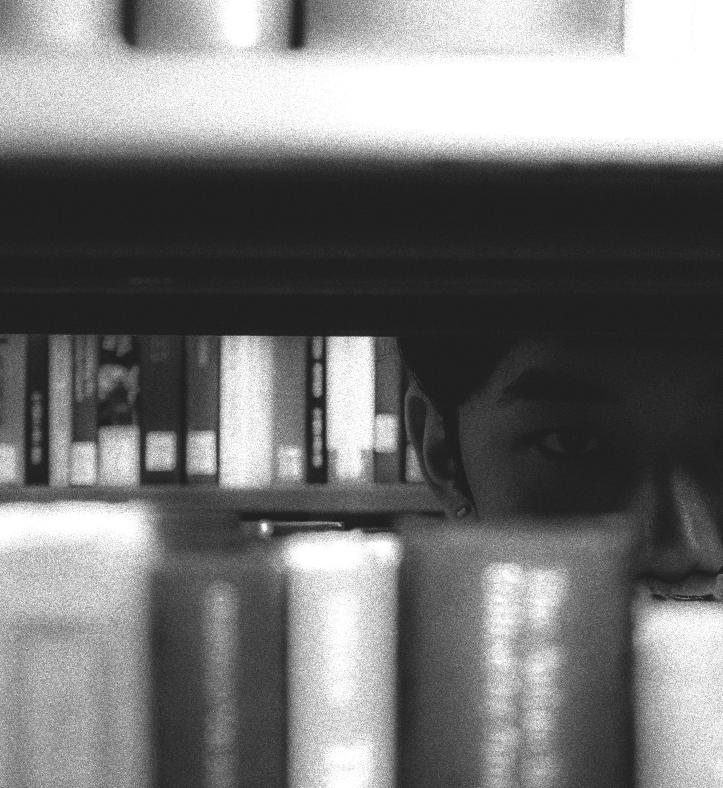
ochstsar
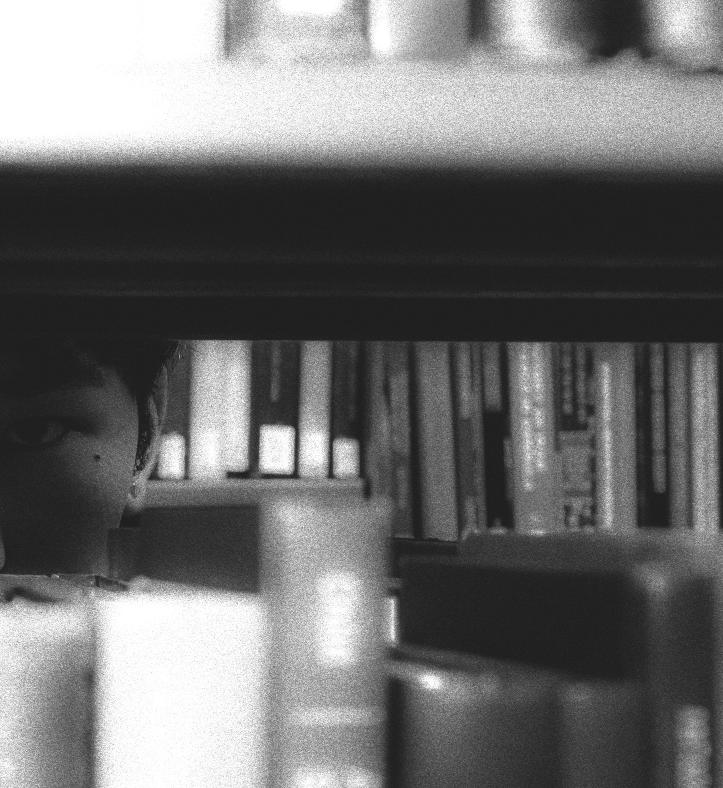
marketing & technology Data is racist & biased: here’s how marketers can fix it
In thinking about my senior thesis, I decided to use this week’s research to engage with a potential area of interest. During the month of April, I was working on a commission for Penn Medicine centered around showing support for health care workers. My illustration idea called for a diverse cast of characters so as to emphasize the representation and inclusiveness of members in the Philadelphia community. Part of this process included gathering reference images of diverse characters, which I found nearly impossible on google or the premier stock photo sites. I had to intentionally seek out stock websites highlighting members of marginalized cultural groups. That got me thinking… how does bias play a role in Google SEO and stock photos?
The article I read highlights how the biases that engineers, marketers, developers, and data scientists who are programming, inputting, and manipulating that data can have negative effects. It makes me wonder,
who are the individuals in these positions? What is their life experience? And how does it affect how they might subconsciously project their implicit biases into the algorithms and machine learning models that they create?
Firstly, as a person of color, I have always found it difficult to find experiences and images I relate to on the internet. Unless I add black into the search bar. Obviously, sometimes this is necessary to differentiate, but there are some universal experiences that shouldn’t require the addition. Then as a designer of color, I always have to consider where I will be able to source images or sources that pertain to a subject matter including a non-white experience.
This is something I want to research on a deeper level so that I can explore the connections between racial biases, technology, and the human experience in both an artistic and non-artistic context.
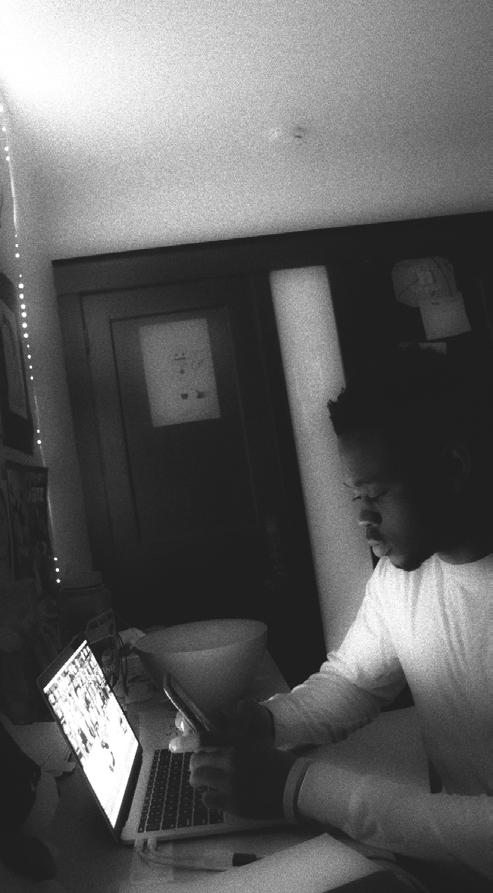
thoughts on thesis
10 quick ideas for becoming a more effective mentee
For the last several months, I’ve had recurring meetings with a BU alumni that connected with me on Linked-In. He is a professional in the software industry and also an entrepreneur. As someone who has entrepreneurial aspirations, it was beneficial to connect with him because through our conversations I’ve begun to reshape the way I think about entrepreneurship and my future career. In a meeting with him yesterday he asked me to pitch to him why he should be my mentor. Or basically, what value do I offer as a mentee to him that makes it worthwhile for him to invest in me? I really didn’t know how to answer that so he gave me a couple of days to think about it before we meet again. So this got me thinking, what value can I offer in this relationship? So I decided to do some reading on it.
One article I found suggests that a mentee drives the relationship, asks questions, is intentional/has an end goal in mind, takes feedback well, is prepared, have realistic expectations, and shows
gratitude. I think the principles of this type of relationship can be applied universally to other types of relationships and experiences. Sometimes I feel like I’m too narrow-minded and don’t think deeply enough about things or engage with topics with enough curiosity. I just kind of take it as is, and leave it at that. Or I just jump into it without doing my research. I think being conscious of these things and having a rhythm of self-reflection will help me in my design practice and allow me to make more meaningful work that is intentionally curated.
Additionally, I am very interested in relationships, how they exist in different settings, and what it really means to have deep meaningful relationships. Technology has definitely transformed what relationships can look like but how constructive are these new forms of relational experience? A potential question I could explore is what design decisions are made to simulate authentic relationships through digital vehicles.
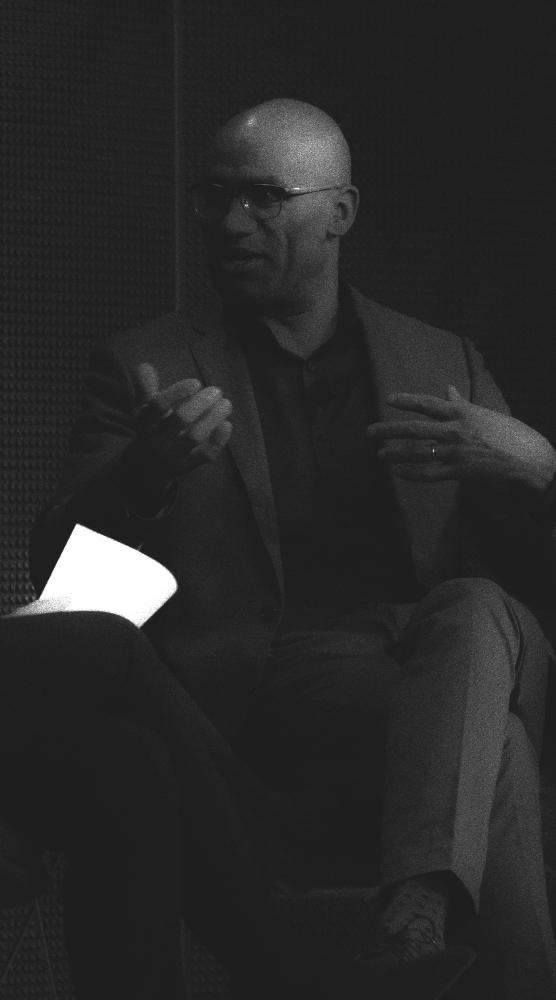
when africa meets design
For my branding class, our first project revolves around branding a future event. I thought it would be cool to use that as an opportunity to explore a Ghanaian event so that I could learn more about my own culture and the West African design aesthetic. My dad suggested I look into Panafest, which is a cultural event held in Ghana every two years with the intention of bringing native Africans and the diaspora together around the issues raised by slavery which remain suppressed. So as a designer, constructing a visual system for this event means that I have to be well informed about the audience, and what is commonplace within the context of Ghana. So I read about the design trends and systems in West Africa. Unfortunately, there isn’t really much information that seems to be easily accessible. Maybe I have to do some more digging. Because the first article that shows up with Google’s SEO is from 2016. I would love to see if there’s a more recent article I could source.
Anyways, this article mentioned how Africa was unable to utilize the new printing technology (Gutenberg) during the 15th C due to a lack of printing and industrial structures and as a result has been heavily influenced by the Roman alphabet and Western graphics in its cities. The African continent is filled with beautiful writing systems and designs of its own though, which haven’t been exposed to a high degree. Designer Saki Mafundikwa is highlighted as an innovator for the continent as he founded the first Design school and media group in his home country of Zimbabwe after working in NYC for some years. He has a Ted Talk on African Alphabets which I would suggest checking out. Also, the article highlights several different African alphabets which look extremely interesting.
Overall though, I have a lot more research to do in order to collect enough information to inform the design decisions I make for the event branding. I just hope I can actually find enough recent dialogue about it.
thoughts on thesis
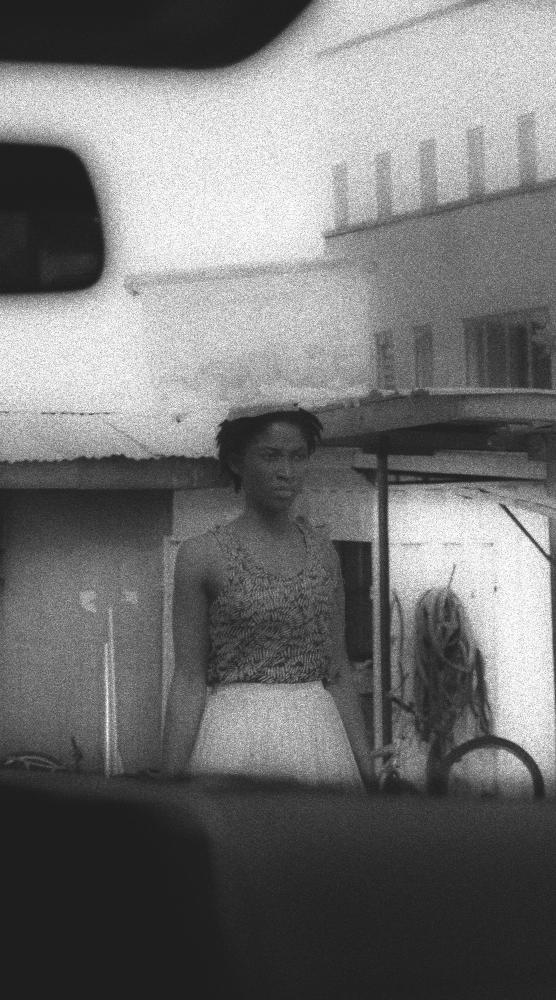
a kidd’s guide to graphic design
This past week, I’ve been reading GO: A Kidd’s Guide To Graphic Design by Chip Kidd. It’s a book that I’ve had since High School but for some reason never read. So why read it now? As the name suggests, the book is geared toward a younger audience interested in getting an overview of graphic design while gaining some of the fundamental knowledge and skills necessary for the field. I think I have been too arrogant in the context of my design abilities. My ego wouldn’t let me read this book because I felt like I was beyond what it could teach me and what I’d learned as a primarily self-taught artist.
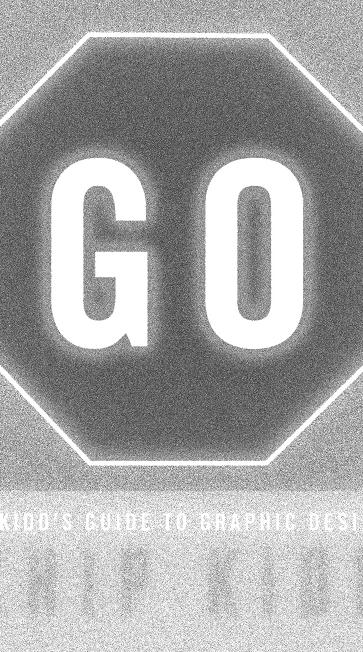
As I’ve refreshed my memory on the essentials of design, such as form, scale, hierarchy, juxtaposition, etc I’m reminded of the freshman foundation year. One thing I always appreciated about those classes was that they forced me to not rely on intuition alone, which is my usual strategy. Instead, I could consider what design decisions I wanted to implement and then execute.
One section of the book that I really enjoyed was the color section which also brings me back to freshman year painting. I feel like that class revolutionized my understanding of color and how to use it more effectively. But I can still grow so much more in that area. Shout-out to guys like Lawrence Herbert, who invented the Pan-tone color system. They’ve made life for designers today so much easier by inventing different systems and tools that we sometimes take for granted. Aside from the content, I’m really enjoying this read because it’s a large, physical book. It’s a nice break from the screen. And I guess my last note would be to have the posture of a lifelong learner and always be willing to return back to the basics every now and then.
places and spaces and the behavior they create
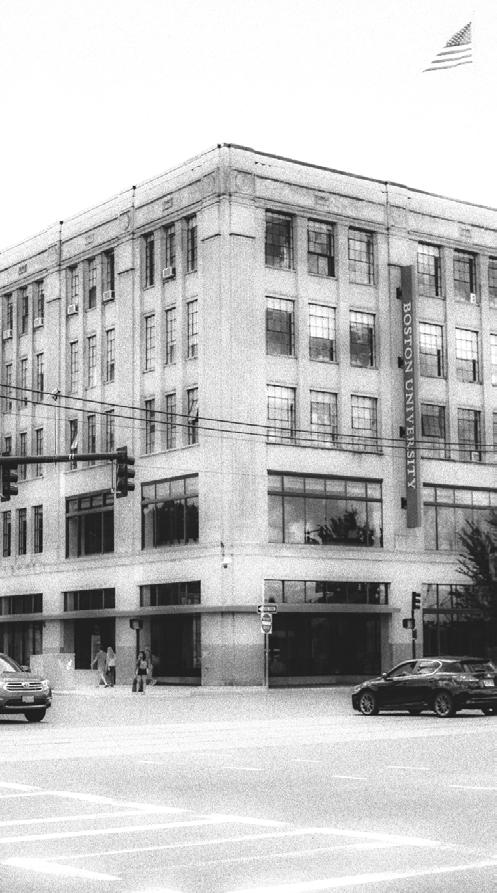
This week, my GD Theory class visited the BSA Museum where we explored the Now What?! Exhibition. The content curated in this space focuses on advocacy, activism and alliances in American Architecture. A question that was raised through our discussion is who are the architects designing our physical spaces? And how are marginalized groups affected by the lack of representation of people like them in the planning and designing of physical spaces? Having this conversation after participating in the Room experiment peaked my curiosity in how the design of physical spaces can affect day-to-day experiences.
I watched the Ted Talk Places and Spaces and the Behavior They Create by Damaris Hollingsworth. In this talk, she asks if architecture can bring people together, create community, and truly help people reach their full potential. As an architect, she believes that spaces can change people’s lives when they are intentionally designed to impact people in a quality way. While at FAU (school of architecture) in Sao Paulo Brazil she felt
out of place and isolated because she came from a low-income family and couldn’t relate to her more privileged peers. She wanted to run away, hide, and be alone, but the buildings there physically wouldn’t allow her to. The space was intentionally designed to bring people in and create space for conversations and common ground. Because of this design, she eventually connected with other students and thrived in school and beyond.
As a designer, I am very interested in creating for communities. So far, this has only really manifested in the virtual space, which is valid. But I think the potential for real impact is maximized through physical or tangible means. I think that can be as simple as translating digital designs into physical objects. Or participating in pop-up events or bringing digital work into any physical space. I hope to be able to catalyze community more in the real world and also explore how intentional design can form meaningful relationships. Which is a subject I want to explore in my thesis.
branding systems
This semester, I have an internship with Harvard Football where I work on social media graphics. Currently, they have no established branding outside of their color palette and typography. As part of my internship I want to create a branding system for their social media projects to present at the conclusion of the internship. I’m also taking branding this semester, which has helped with thinking about my process for this long-term project. I haven’t started it yet, but plan to begin gathering inspiration and creating mood-boards later this week. Instead of just looking at other projects for inspo, which is what I usually do, I think it would be best for me to do more research on Harvard football, its community, beliefs, values, and audience in order to properly inform the decisions I make about the look of their social media graphics. To help me further understand this process I read through a few NFL re-branding projects.
The first one I looked at was for the Detroit lions, who re-branded the team’s identity with new uniforms, typography, and documentation. The artist, Michael Irwin,
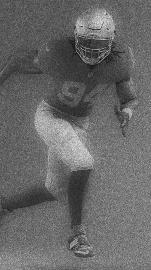
who published the project says that the team wanted to look toward the future while celebrating the past. They used the iconic design of the Ford Mustang which originates from Detroit, as their starting point and utilized that sense of pure concept, clean design, and consistent vision that it carried to drive their creative direction.
Then I looked at a social media re-brand for the NFL. The design team for this project focused on making their brand language contemporary and flexible while maintaining a football-first experience. Their design system uses striking compositions that are bold, simple, agile, and direct. For primetime events, they use big, bold, and juxtaposed typography with stars from the teams to draw fans in.
I enjoyed looking through these projects and seeing the kind of language that is used and how the design teams decided to anchor the design system in something unique and specific relating to the client and audience. So I will definitely be taking that approach, documenting my process, and hope to create a re-brand project that measures up with these incredible projects that I viewed.
designing for the most vulnerable user
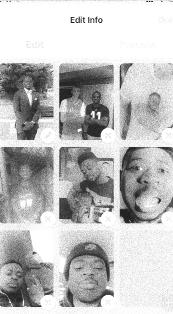
For my branding class we’ve been paired with a start-up and have to creating a branding system for them. I chose Locale which is a location based mobile dating app. So I decided to look into the visual systems and design for the most popular dating apps like Tinder, Bumble, and Hinge.
The swipe right concept is tinder’s claim to fame, but outside of that, they made intentional design decisions to improve user experience. Firstly, their registration and on-boarding system is super simple. Nothing to distract the user from getting to the app content as fast and smooth as possible. They also included navigational elements to help the user understand how to use the app. Then there’s the card stack design to improve user focus and the implementation of inapp gestures to direct the layout of the user interface.
Bumble’s claim to fame is having women make the first move. This is important to note for their design philosophy because head of product design Lara Mendonca describes women as vulnerable users, and
believes that designing intentionally for a vulnerable user means you are designing for more people. She also says that UI is a way to advocate values in a tangible, practical way. The bright yellow is meant to evoke happiness and the interface is feels more fun and safe compared to tinder.
Locale’s website currently has more of the tinder aesthetic with it’s colors and design system. It doesn’t feel super friendly tbh. I like the idea of approaching the design system with a vulnerable audience in mind rather than the average user. Because that naturally leads to designing a more inclusive system to make a diverse group of people feel comfortable on the app. I’ll have to do more research on that.
will ai generated art replace graphic designers?!
While I was scrolling through Tik-Tok the other day, I stumbled across a video that showed a slideshow of popular album cover art, but expanded. So basically showing what the album cover would like if it wasn’t cropped in as much. I initially thought that the images already existed and that I had just somehow never seen the full versions. And then I thought, nah there’s no way and so I thought an artist had to have come up with this clever exploration. But then I went to the comments and saw that multiple people were saying it was created with AI. Dall-e 2 specifically. The first time I heard about Dall-e was over the summer when I randomly bumped into a high school friend at a cafe, who is studying illustration at RISD. He showed me how you could literally enter any input and have some sort of image created. Dall-e and AI design has also been brought up in my GD Theory class recently as we discussed its potential and place in the world of design. This lead me to look more into Dall-e 2 which has been open to the public since the end of September. Although some artists are frightened about this AI’s ability to replace us as creatives, I think it can become an extremely powerful tool for artists to create images they could never before imagine. I read a NY Times article that
highlights how AI generated art is already transforming creative work. Artists like Collin Waldoch are using the generated AI art to make custom images for their practices. The designers aren’t scared that it will take their job away. However, one thing I will note about the artists that this article chose is that they aren’t graphic designers. They aren’t the designers that would be making the art that the AI is making. So it is a bit misleading to say that the designers aren’t nervous about losing their jobs because their jobs aren’t the ones at stake. Instead it is graphic designers who are at risk because Collin Waldoch for instance, decided not to hire a graphic designer because he could accomplish what he wanted for his game design with computer AI.
I think the best part about Dall-e 2 is the open accessibility. Hiring talented designers can be expensive and that can be a tough work-around for organizations that have a low budget. So I think it’s cool that they can utilize creative AI to fulfill their needs without breaking the bank. For myself, I agree with Sarah Drummond, a a designer from the article, that says it is a sketch tool. I think it can be a great way to generate, develop, and fine-tune concepts before execution.
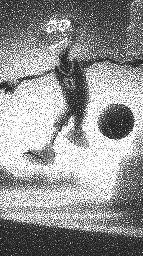
augmented vs virtual reality
During the most recent critique for my branding class it dawned on me that after this year is over, I will never have access to the same ideas, perspectives, emotions, and insights in the same collective space ever again. What sparked this thought was listening to the super insightful, thoughtful, and carefully worded feedback that one of my classmates was giving to another student. No matter how far we advance technologically, I don’t think there’s anything that can truly recreate that experience, emotion, and energy that I felt in that particular moment. People give off a certain energy, that is tangible, and felt only when you’re in the same physical space. This lead me to think about the systems that currently exist to replicate reality, namely virtual reality and augmented reality. I then read an article that dives into the differences between how we design for the two similar but differentiated experiences.
Virtual reality is defined as an experience where users feel immersed in a simulated world, via hardware and
software. Essentially, taking the user to a different place generated by technology. Augmented reality is an experience where designers enhance parts of users’ physical world with computer-generated input. Here, design elements act as an overlay or supplement to what the user senses and sees so it is less immersive than VR. When designing for VR, designers should consider Interactivity, believability, explorability, and immersiveness. When designing for AR, environment, safety, simplicity, and comfort should be prioritized above all. This exemplifies the importance of designing with the final intention in mind.
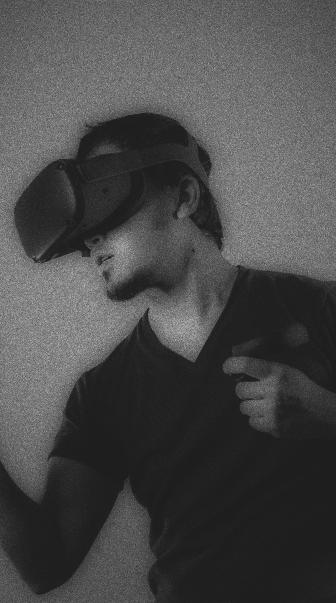
on thesis
design x anthropology
Leading into my exploration of human interconnectedness and relationships as part of my thesis, I decided to read an article about anthropology and design. The author claims that design is centered around audience, no matter what context. Whether the audience be real, hypothetical, or imagined. This naturally leads designers to want to understand the audiences they’re creating for, but this can be counter-intuitive when designers aren’t cognizant of their biases that might influence how they engage with their audience and the outcome of their creation. Similarly, anthropology as a practice seeks to understand contemporary and ancient cultures through subjective observation, analysis, and fieldwork. It is important to understand our own culture, class, and ethnic background to inform a more subjective research process. Another interesting point that the author makes is that the way people behave, act, and respond to culture cannot be reduced to their behavior alone. There is more too it. But even as anthropologists, scientists, designers, and whoever else is interested in human
behavior seek to draw final conclusions, no amount of data collection will ever narrow the complexity of human subjects, their motivations, and their conflicted understanding of the cultures they inhabit. Keeping this in mind, I don’t think my project will be able to draw a conclusion based in fact. It will likely remain an open-ended hypothesis that is informed by the results of the experimental nature of this exploration into the lives of the diverse range of people in my network.
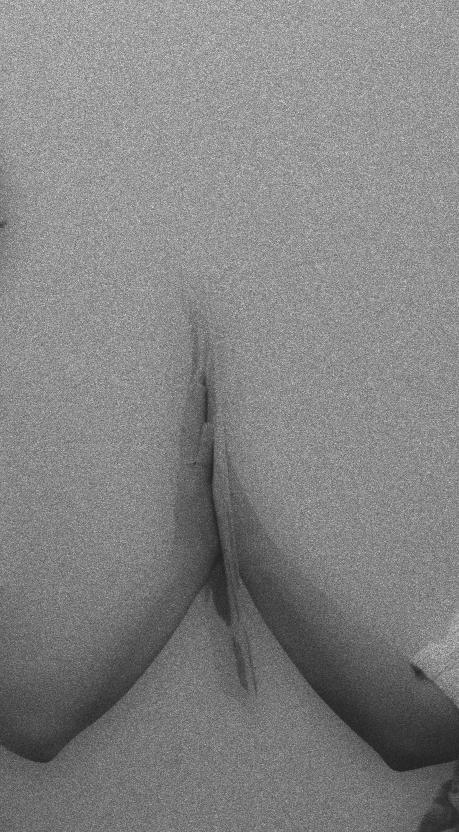
that time i met annie leibovitz’s cousin
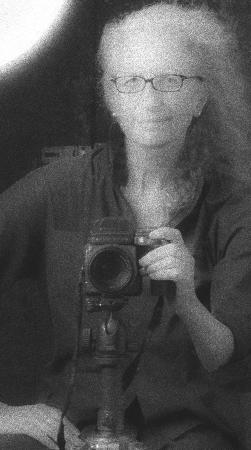
As I was tapping through Instagram stories yesterday I saw repost after repost of a photograph of Lionel Messi and Cristiano Ronaldo for a Louis V ad campaign. The photograph was taken by Annie Leibovitz, who up until yesterday, I had no idea was probably the most famous photographer of a whole generation. And is still recognized today for her incredible work as she was most certainly sought after for this photo-shoot. Crazy enough, I ended up meeting someone who is related to her later that day, who told me of how Annie started out taking photos at 17 and is now 73, still at the top of her craft. We discussed how although Annie had a humble beginning and worked very hard to be where she’s now, there is still a bit of luck involved. All it takes is one big connection or opportunity that could drastically change the trajectory of your life. So this week I decided to look at some of her most notable work and what seems to distinguish her work from other photographers. “Her intimate, daring, and revealing portraits capture an element of vulnerability and a rarely seen peak behind
the celeb facade that has helped… to shape the style of pop culture for the past 50 years.” This would lead me to believe that she was very intentional with her shoots in trying to bring out the humanity in the people we often dehumanize through idolatry.
Photography is a very strong interest of mine. Over the last year or so, I would say that my passion for photography is rivaling my passion for graphic design and illustration. For my thesis next semester, as I’m essentially exploring what it means to be human and be in a community, I hope to be able to achieve similar results in terms of highlighting both the vulnerable and formidable elements of our existence.
on thesis
reflections
I think it’s interesting that my initial research topics don’t really have anything with what I plan on investigating next semester. I think it’s because I was initially reaching to find something that seemed that had depth to it but wasn’t necessarily aligned with where my true interest lies. And that is with people. I’m fascinated by human potential and want to learn more about what it means to be human outside of my own perspective. I think I can build off of the topics that I looked into this semester that run parallel to the broader topic of people, community, and relationships. I also have quite a bit of content that I can refer to from my theory class, which I think more so than anything helped shape some of the ideas and directions that I anticipate following for next semester once the full on research begins. I’m learning to look at the world with a more critical eye and also at myself. I’m also trying to learn how to be more critical of the articles that I read, not just accepting eveyrthing that is said by the experts. I hope to form my own thoughts about designing for the people that will direct the way I design in the future.
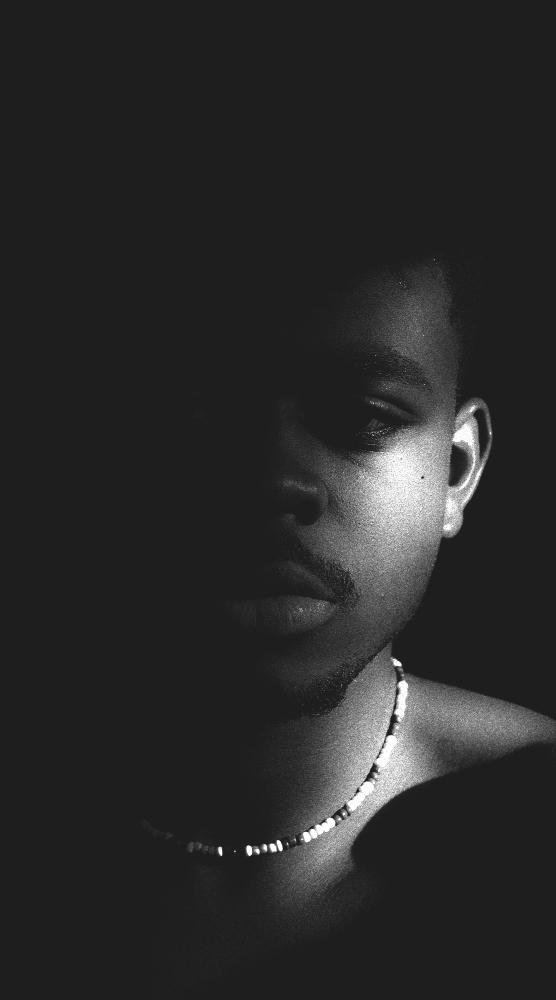
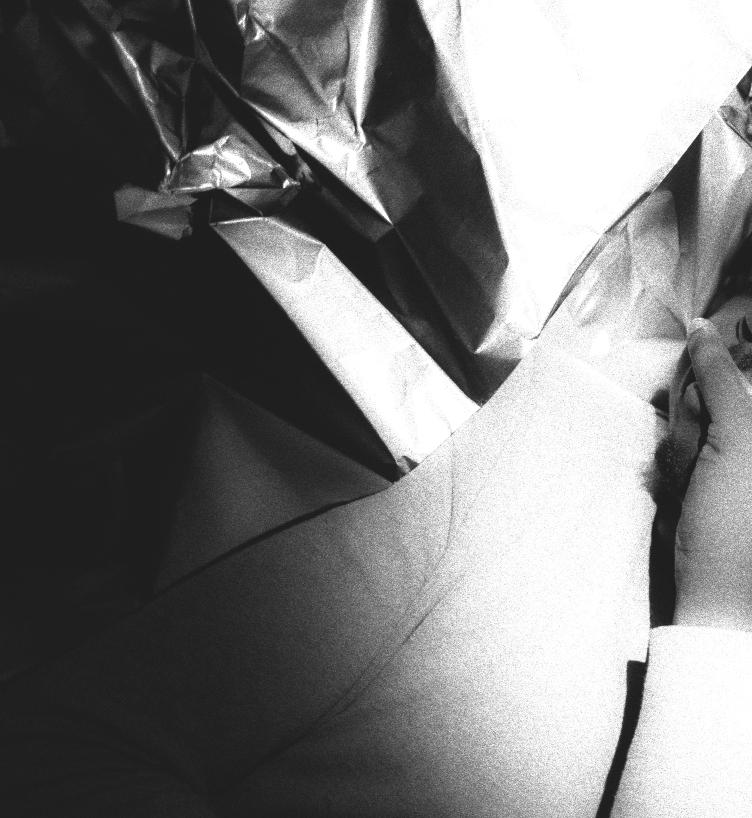
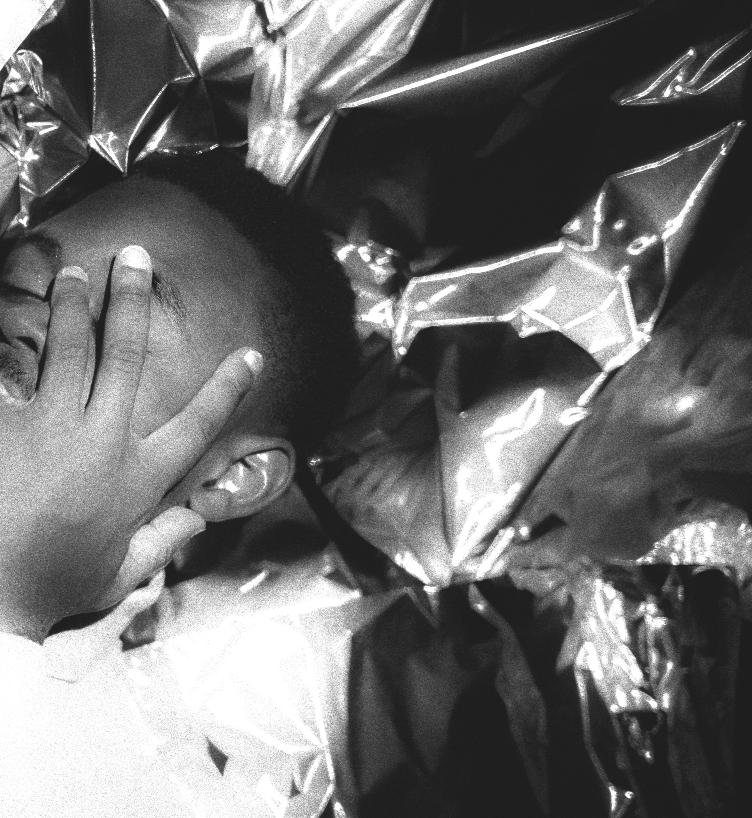
needs network non-negotiable
narrative
nWho gets to write the narrative of our lives? We all like to think that we have the pen in our hand, but unless you are your own boss there is always some sort of outside force dictating the type of choices that you make. But even as we don’t have full control over our lives, there is a spectrum that we are able to operate within where we dictate outcomes. As a young adult who was fortunate to grow up in an affluent suburb and now attends a prestigious university, it’s important to keep perspective and realize not everyone has the opportunities that I have. I can only thank God, because the logistics never made sense, and yet here I am about to graduate in the Spring with the opportunity to enter the career of my dreams. Good for me, but what about isolated and marginalized individuals who had the pen ripped from their hand before they could even get a grip. Design has the potential to empower them and broadcast their story.
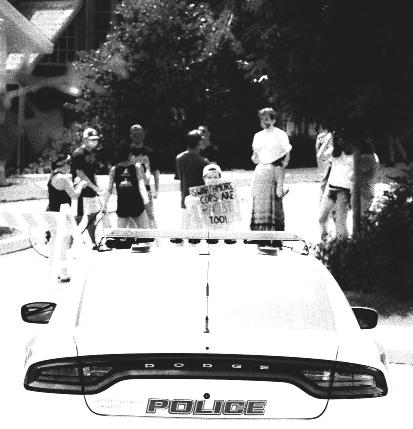
on thesis
n nn
o oo
thoughts on thesis
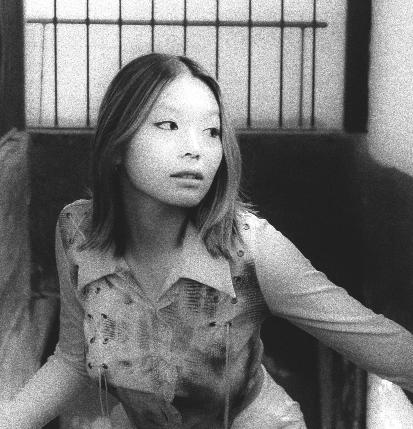
opinion organic organization outcome over-sharing
observation
I recently saw a Tik-Tok about how artists are constantly spending time being mindful. During our process we are forced to look at things closely, in all of their detail, color and shape. Keeping an active, mindful eye. I definitely resonate with this because I feel like observe the world around me I’m noticing how the light is hitting and object and the corresponding shadow or different textures, colors, etc. And yet, I still feel like I’m not ultra observant, or even have time to be super observant. Maybe because the field of design is more rapid than that of fine arts, which forces designers to quickly analyze what we see, hear, and feel, to execute a project. It’s important to be hyper-aware as a designer because the potential for solutions through observation is very potent. For example, the bendable straw was invented because a father noticed his daughter was having trouble drinking her milkshake at a diner. Keep your eyes peeled.
past philanthropy philosophy photo physical power present priority process progress provoke psychology purpose
people
I love people man. I’m like obsessed with being around people. People always tell me that it seems like I know everyone and it’s because I always make myself available. Some people think too highly of themselves, they’ll only associate with certain groups of people. And I’m not saying that I associate with everyone, because they ultimately have to align with my value system, but I’m down to earth. I don’t think I’m better than anyone. I respect your background, where you’re at now, and am interested in where you want to be. I feel like that energy is reciprocated towards me, and that’s part of the reason I took on the name of the people’s designer. It’s mainly derived from the idea of the people’s champion; but also suggests a partnership, as I’m someone who is rooting for people, hoping to uplift them as we all pursue the things that bring us fulfillment.
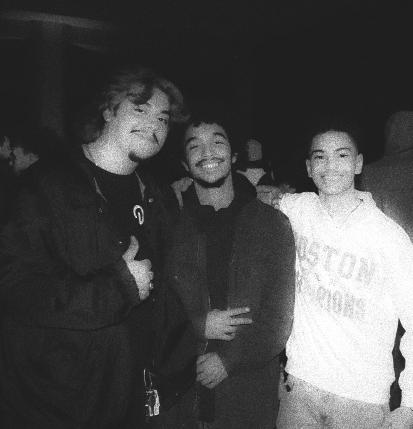
on thesis
thoughts on thesis
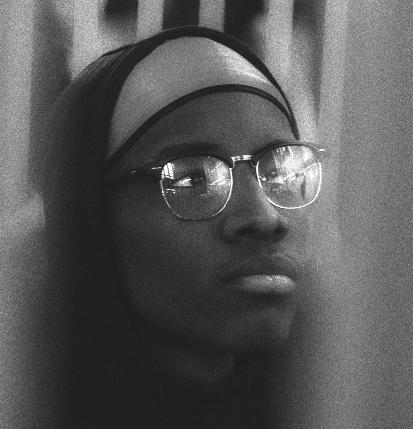
qualitative
For my thesis research I want to focus on more qualitative data than quantitative. Our society already does a good enough job of dehumanizing us through technology and treating people as strings of zeros and ones. This is probably going to be one of the most crucial parts to this whole project, because I absolutely have to ask the right questions. Although I don’t know exactly what conclusion I want to draw, or quite frankly what it is that I’m seeking to discover but I’m excited to uncover the intricacies of human behavior, who we are, and why we do what we do in the Boston University community. The more and more I think about actually executing this qualitative research, the more I feel nervous about actually doing it. I think this is a good sign, because this would certainly force me out of my comfort zone.
recieve relax resources respond responsibility rights
relationship
rI’ve mentioned the idea of relationships in earlier lexicon terms because it is at the core of human existence. I believe we exist to be in relationship with God and the beautiful people that he created. This is a word that is incredibly hard to actually define. It’s so tangible and yet intangible at the same time. But I feel like a way to think about them are a transaction of energies and emotions. Ideally, it should be an equal exchange but sometimes the scale tips in favor to one person in this metaphysical agreement of souls. Of course this brings to mind the fact that not all relationships are the same. Some are meant to stay casual, others have the potential for more intimacy and vulnerability. I’m thankful for all the people I am have any relation to, whether positive or negative, because they taught me something about how to live this life.
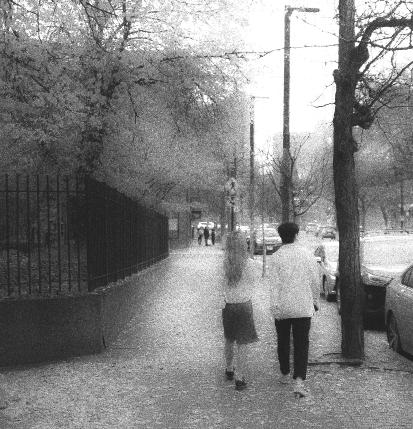
on thesis
r rr
s ss
thoughts on thesis
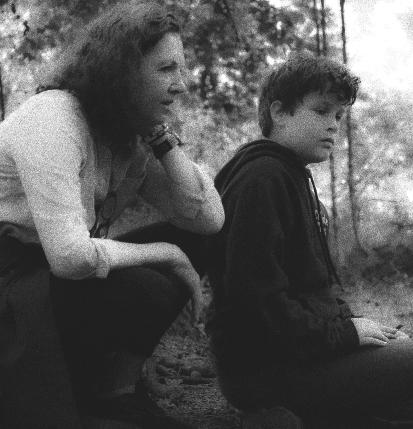
Having an attitude of servitude is a major biblical principle, as the Son of Man did not come to be served, but to serve. Because the bible is my reference for how to live this life I believe that I too should have this posture of servitude. It is pretty counter-intuitive to human nature because we naturally want to serve our needs and desires. Especially as student in higher education, you almost have to be extremely selfish in terms of prioritizing yourself and education above anything else so that you can set yourself up for future success. For me personally, as someone who has tried to grow out of being a people pleaser I’m trying to draw the line between that and servitude. Especially in relation to my design career. How can I utilize my design to be of service to people rather than just trying to get clout?
school social media society sociology soft space storytelling strength struggles suburban support systems
testimony therapy think time today tools touch travel typing
tick
tWhat makes you tick? This is essentially asking what your why is. I’ve realized that being aware of this information might be one of the most important things for our existence. A lot of people don’t discover it until their back is against the wall and then they discover by persevering through it what exactly it was that kept them going even at their lowest point. I’m still trying to figure out what actually makes me tick. Right now, my main motivation is my parents. They took a risk and sacrificed the stable life they had in Ghana to raise my sister and I here in America. I feel like I owe it to them to make it, whatever that looks like, and also makes things easier for them so that they can do the things they truly enjoy. This feels valid, but it is more so linked to emotion rather than to a core belief. So I think once I have explicitly defined all my core beliefs I’ll know my why, and what makes me tick.
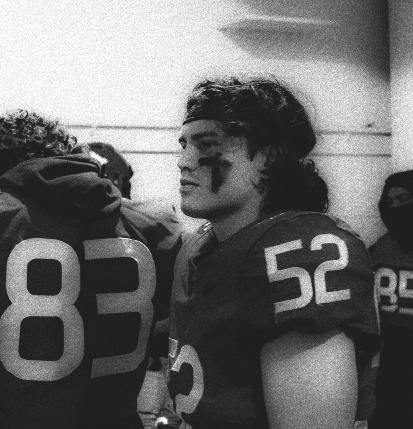
on thesis
t tt
u uu
on thesis
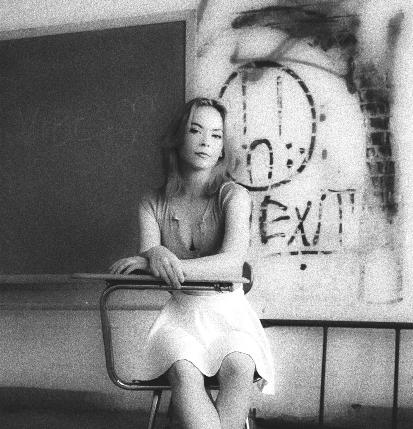
unlearn
I’m reminded of freshman year foundations which required us to forget our processes that we brought from home and start from scratch with the foundational tools for any artistic endeavor. It felt uncomfortable at first, but growing out of that discomfort with an unfamiliar process allowed me to develop life long skills rather than relying on intuition. And presently, one thing I’m trying to unlearn is the concept of hard work directly yielding success. Obviously working hard does lead to positive outcomes and receiving what we desire, but it is naive to think that we can reach our full potential on hard work alone. You have to think and plan in accordance with the work.
As hard as learning is, trying to unlearn is even harder. How do you go about discarding philosophies, habits, and attitudes that were engraved in your brain from a young age that no longer align with your current values or prevent you from growing in new areas?
understand universal urban
vulnerable
I always considered myself to be a vulnerable person but I’m not so sure if that’s the case. I feel like most people don’t actually really know me. Maybe it’s because I’ve also struggled with fully understanding who I am. So I don’t quite know what to reveal to people. On the other hand though, I feel like people find it really easy to be vulnerable with me. Honestly, the amount of times I’ve been someones “therapist” is quite surprising to me. Especially, because in most cases the people are not people I’m actually super close with. Which is interesting to me. I’m definitely interested in diving deeper into what conditions allow someone to feel comfortable enough to be vulnerable and how I can utilize that to connect with them on relational and artistic level in an ethical and respectful way.
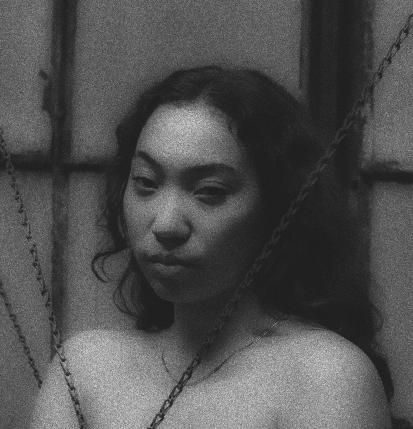
on thesis
v vv
thoughts on thesis
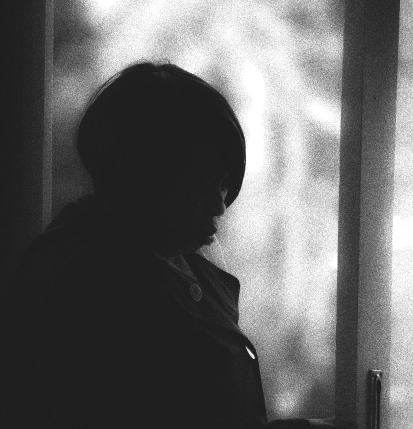
wants weakness what’s up? writing
work
There is such a misconception about the nature of creative work because it is deemed enjoyable and therefore not hard work. I’d argue that it’s some of the hardest work to do though. Really all work is hard in its own way, but design isn’t acknowledged that way. Like we still have to consider how to form a sense of security without sacrificing our wellbeing and accepting the exploitation of our mind and bodies, just like any other 9-5 job. This makes me wonder what it would look to pursue design only as a hobby, rather than a full career too. Would it allow me to create more meaningful work? I don’t know. One thing though is I’d have more time for personal work with a non-design job for sure. Because the nature of the design profession encourages us to create for our employer after work hours. There’s such a toxic culture of over-working, pulling all nighters and grinding right up to the deadline. Why do we operate this way?
x-ray
xTo be honest, I had no idea what to do for the letter x, so I figured that I would just think about x-ray as a metaphor for how I’ll approach examining the behavior of people in the BU network. Part of this will also include how people interact in different environments and how the design or system for that space influences behavior. So I think experience design will also end up being a large part of what I’m exploring through this thesis research. I want to get to the bottom of why people subconsciously respond to their environment the way that they do and what design decisions created that outcome. This will also bring about conversations about who are the people who design the spaces we’re in because ultimately we are impacted by the spaces that we move in and out of more than we ever consciously think about.
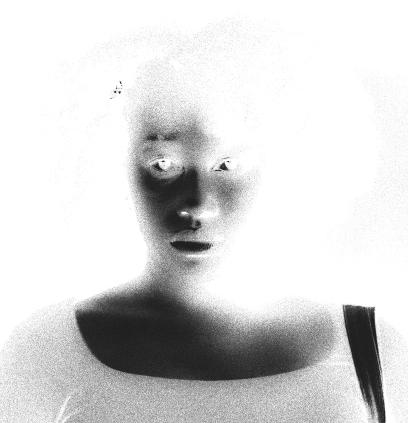
thoughts on thesis
y yy
on thesis
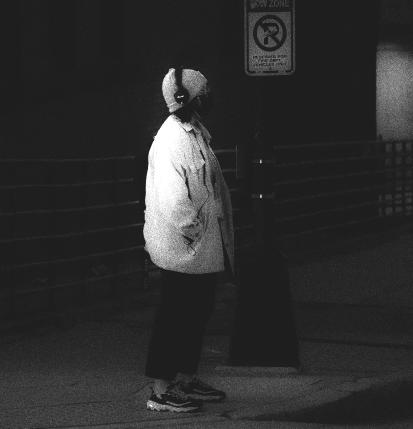
year yo youth
yesterday
What’d you do yesterday? I find that it always takes me some time to actually think of my response to this question. I don’t if it’s because my memory is failing me, or because there’s usually nothing of significance happening to the point where it comes to mind immediately. At least recently anyways. I feel like I’ve been stuck in a pretty mundane cycle of class and working on projects, leaving very little room for sharing any sort of interesting story or experience to whoever it is posing that question. The idea of thinking about yesterday brings to mind the general process of referring to the past to make some sort of meaning in the present. One thing I’ve grown to be more aware of recently is the importance of research and knowing how the history of something is relevant to its current state, especially when it comes to branding.
zines
I didn’t even realize that zines were a thing until becoming a part of the design program at BU. I’m sure I had seen zines before but I probably just referred to them as little publications or books. I think creating through the medium of zines has a specific goal in mind. Because zines are usually small in size and can be repeated, it suggests that they are meant to be spread to the masses. I’m not exactly sure what the final deliverables will be for this thesis project but I’m sure that a zine could become a part of it. Maybe I’ll create a collection of the people that I interview or make curate some sort of guide that teaches designers how to gear their process towards the people and how to listen to them effectively. It could be combination of both, but ultimately it would hold the findings from my research.
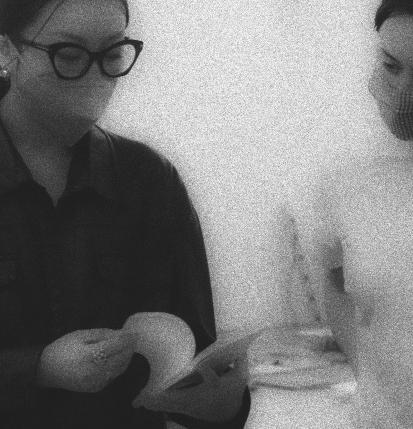
on thesis
z zz
pa st
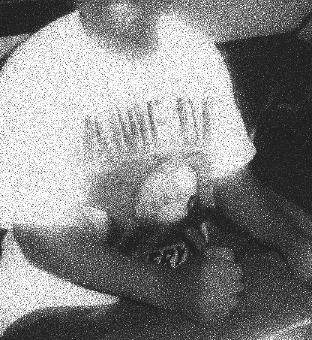
rk
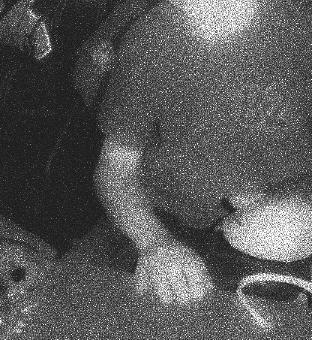
cookie bytes
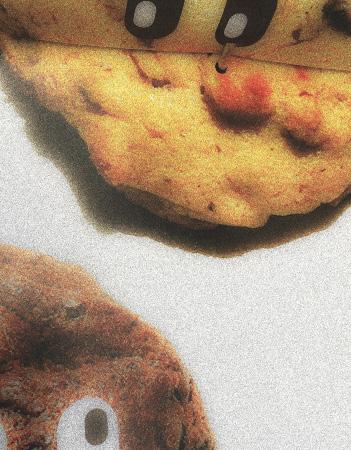
This collaborative project began with an exploration of Hyperakt projects, which focus on elevating human dignity and igniting curiosity through creative branding. The case study that my group and I landed on was Students Not Products, which aimed to hold governments accountable for promoting Ed-tech services during the pandemic while neglecting the protection of children’s information and privacy. We decided to base our research solely around data privacy, diving deep into the terminology and systems that exist within the subject. Leading to the creation of our cookbook, fortune cookies, and a time-lapse video of our class.
Our team collaborated to create all the spreads in our book totaling in 421 pages. We created a vertical cookbook to replicate the infinite scroll experienced on-line. We wanted our book to be informative, so we included sections such as explaining cookies, data mining, and computer terminology. We also wanted to emphasize that this was a cookbook, so we mixed cookie recipes through the book.
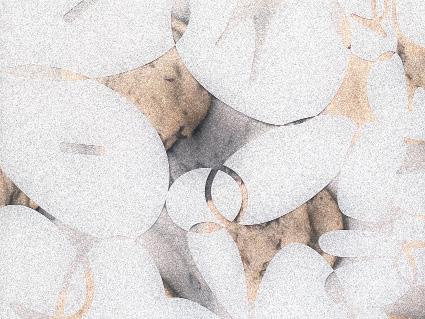
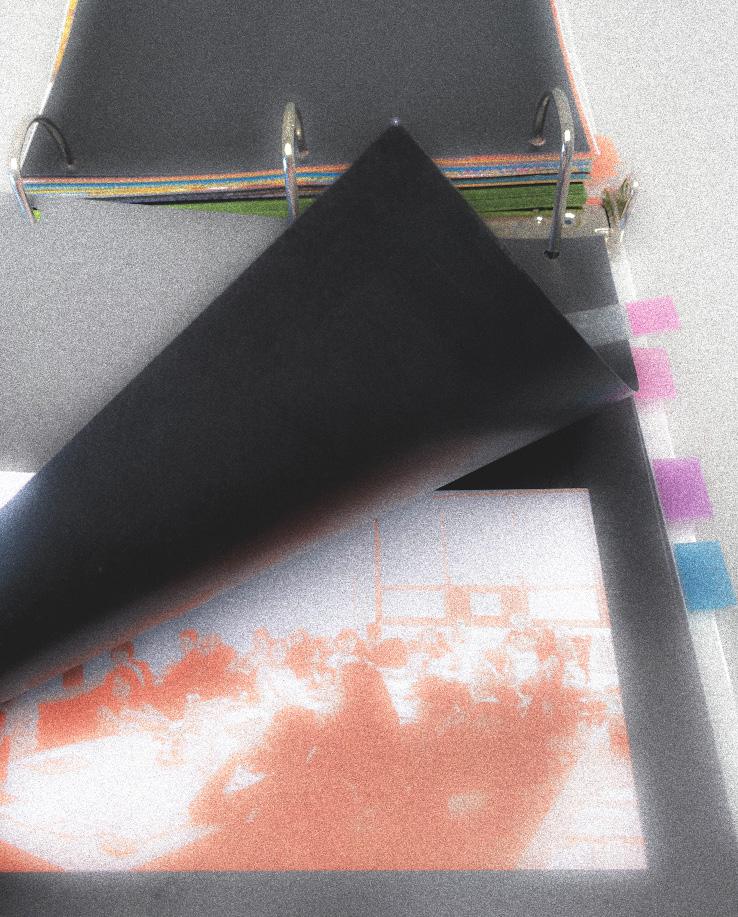
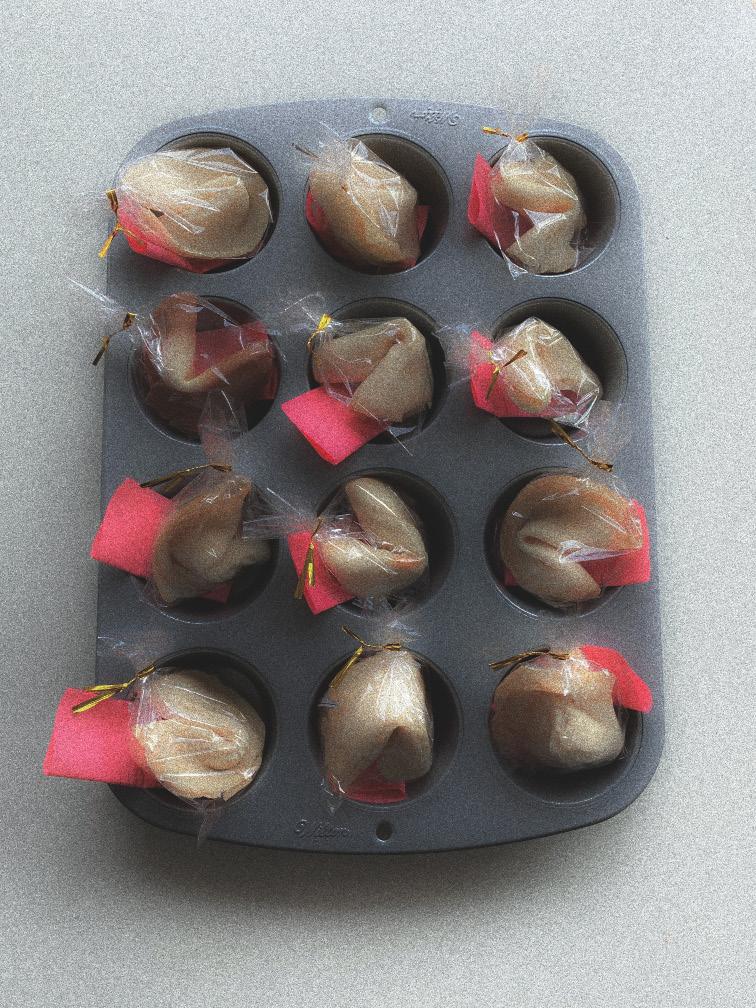
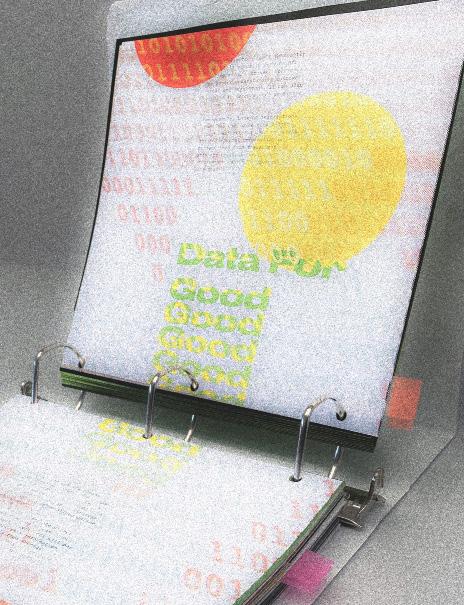
sight of sound
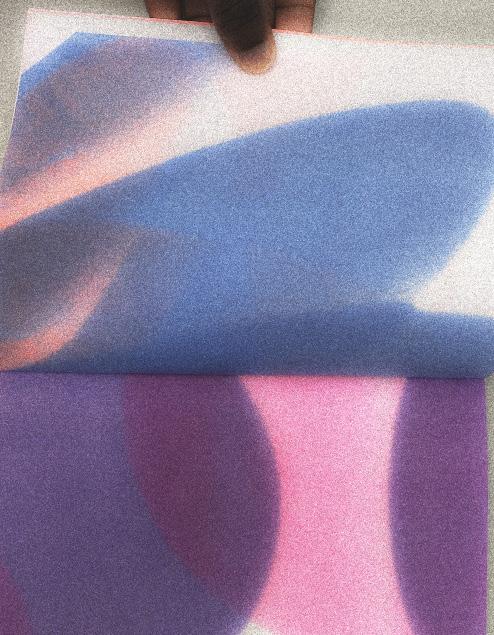
How can we visualize vibrations that travel through physical space, into our ears, and are processed by our brain to form a variety of meaning and emotion? That alone, is difficult to think through, but then imagine having the restraint of using only typographic forms to create this visualization. That was the task for the Sight of Sound project, and although it felt restrained at first, there was actually so much freedom within the process of creating the animation and print deliverables.
Sounds of Comfort seeks to explore sounds that make you not feel alone when isolated. It is an interesting oxymoron, because it acknowledges that there is a difference between physical isolation and emotional isolation. You can physically be in a space surrounded by other people but not feel a emotionally connected to that physical community.
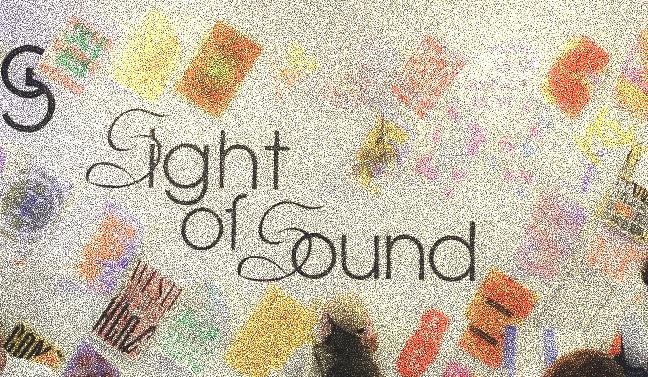
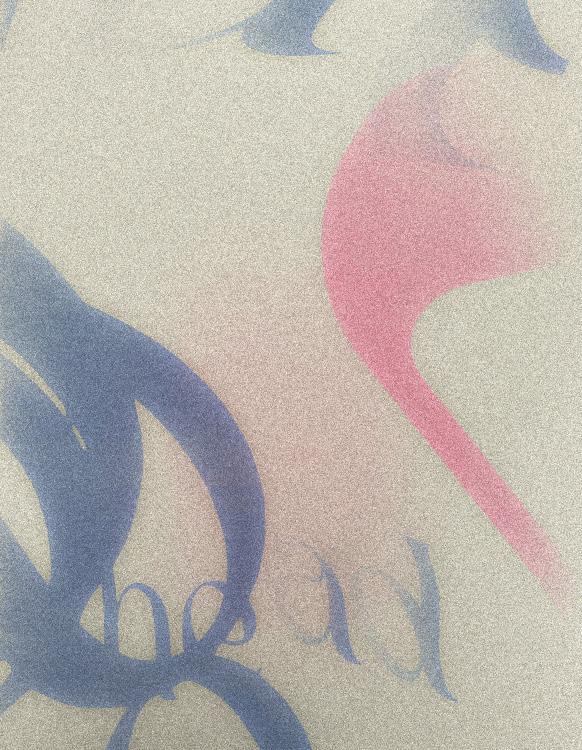
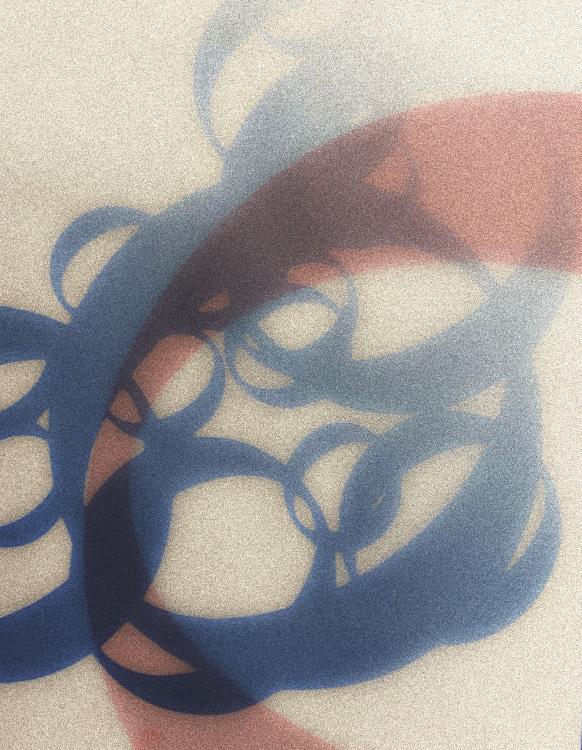
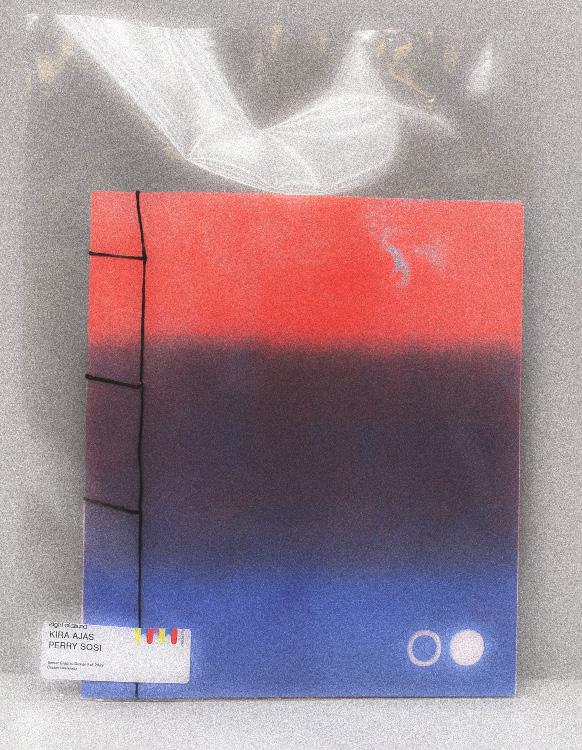
branding
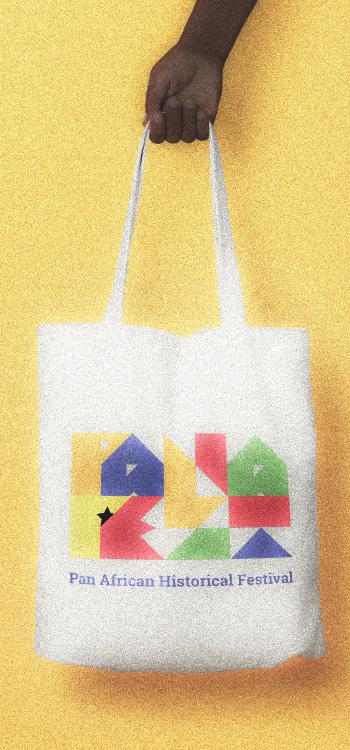
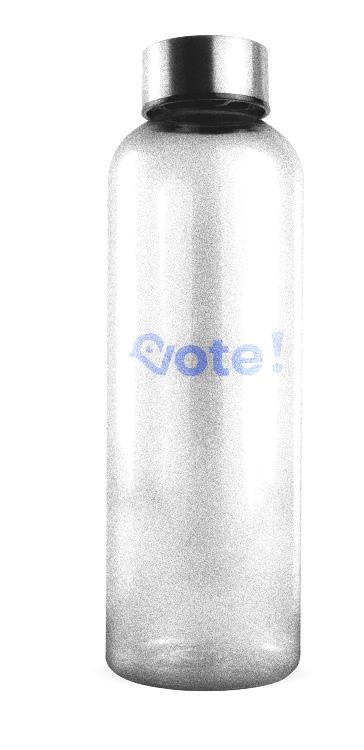
Currently, canvassing technology is very outdated. Campaign volunteers have to manually figure out what routes to take when going door-to-door in their respective neighborhoods. This process is slow and takes up valuable time that should be spent actually connecting with people to get votes.
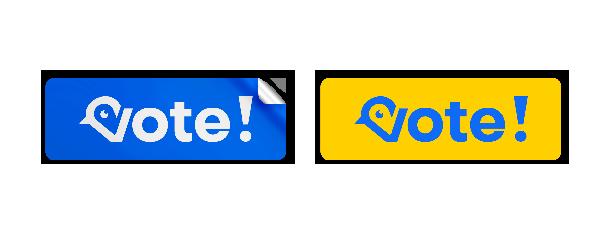
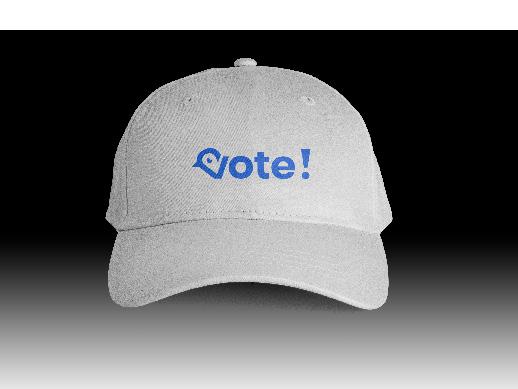
There is technology that helps in optimizing this process of canvassing, but these apps, websites, and interfaces are not as intuitive as they could be. This is where VoteFalcon comes in. This start-up has developed an algorithm and system that creates the fastest and most efficient canvassing routes for campaign volunteers. They have the tech but need a way to present it to people.
I determined that the location aspect of the app had a higher priority than the falcon, so I focused on the location pin as the focal point for the design of the logo structure, while still maintaining the presence of the falcon.
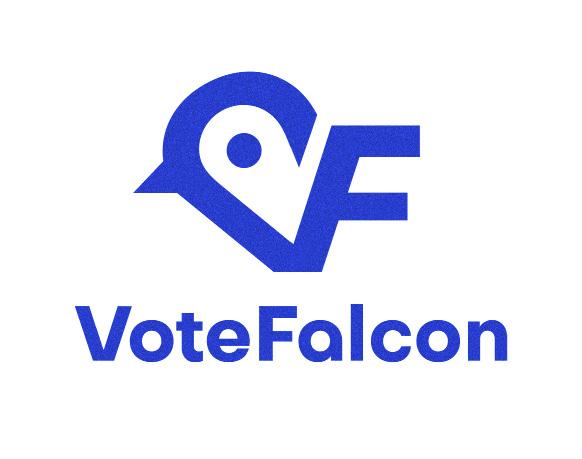
So why brand Panafest?
I’m an immigrant from Ghana, West Africa which is the location of the bi-annual Pan African Historical Festival. The 10-day cultural festival, which consists of emancipation day festivities, academic lectures, musical/ dance events, and visitation of historical sites, celebrates African history and culture while creating space for communication and healing. For the diaspora, coming to Panafest is a spiritual homecoming. They can finally link the circumstances that saw their ancestors in foreign lands.
I anchored the brand identity in kente cloth. The vibrant fabric pattern originates from Ghana and is a connection point between the diaspora and the homeland. In the US, the kente pattern can be found on graduation stoles, worn by black graduates. This resonates well with the event because it is about unifying the African diaspora with native Africans.
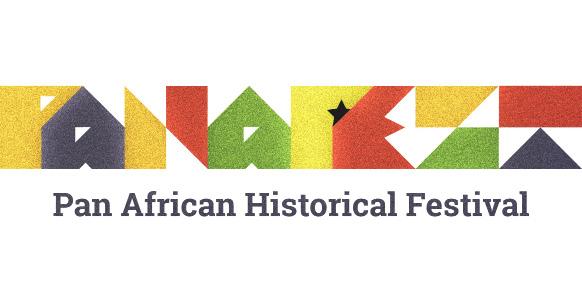
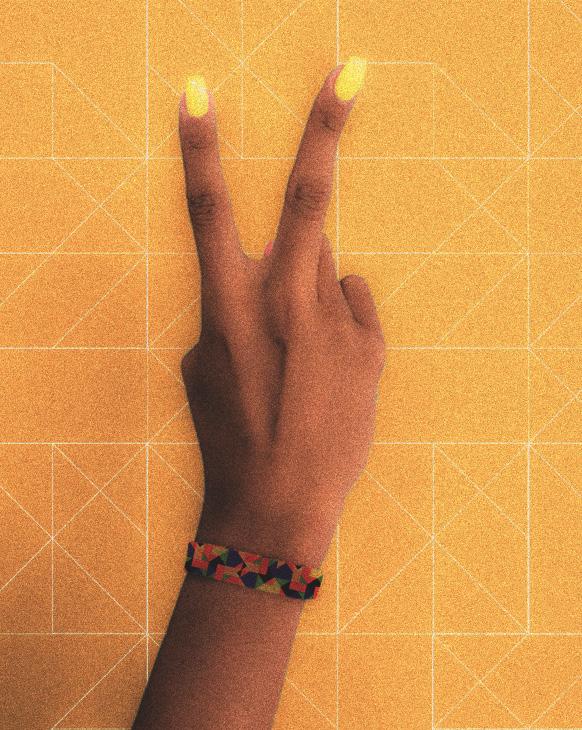
harvard football
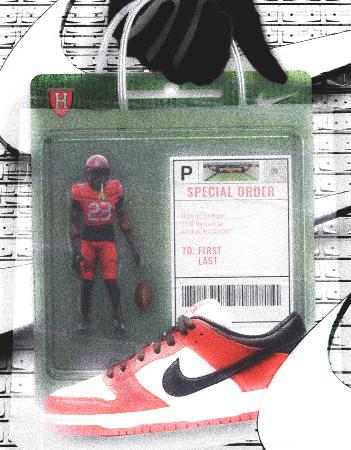
I really wish Boston University had a football team. If they did, I can guarantee that I would’ve tried to work with the team in some capacity from freshman year until now. I’ve always wanted to be around football since I was a little kid. I initially envisioned myself being on the field with a helmet, but I think standing on the sideline with a camera and capturing all the emotions and action of a game is even better. This fall, my internship with Harvard football was very exciting. I’m glad that I was able to take on more of a photographer/videographer role than design. Of course I love making football graphics, but that usually happens in an isolated environment away from all the energy and excitement of the game. Being on the field, connecting with players, hearing the crowd cheer and boo with the ebb and flow of the game is where I felt the most excitement and joy. It felt greater than anything I felt while completing a graphic. I think mainly because I never really got to see where the graphics ended up or the response to them. Because that aspect of creating work is what I enjoy the most. Getting to connect with the audience and connect people to each other through a visual creation.
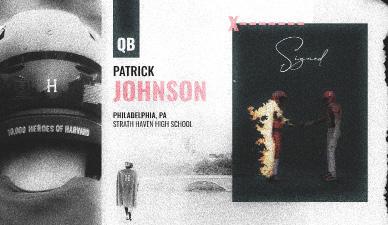


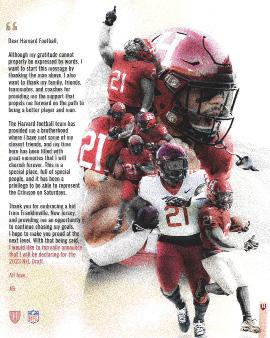
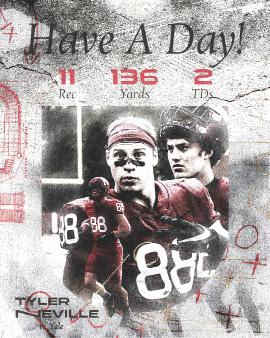
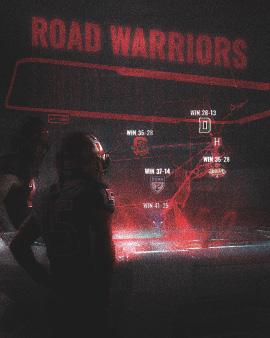
sports illustrations
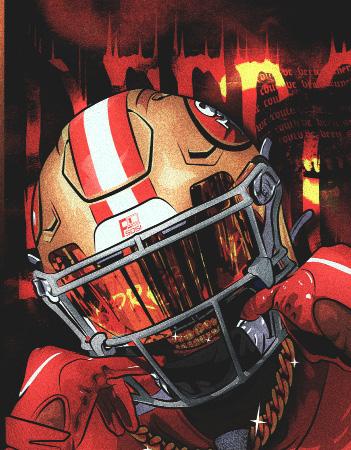
thoughts on thesis
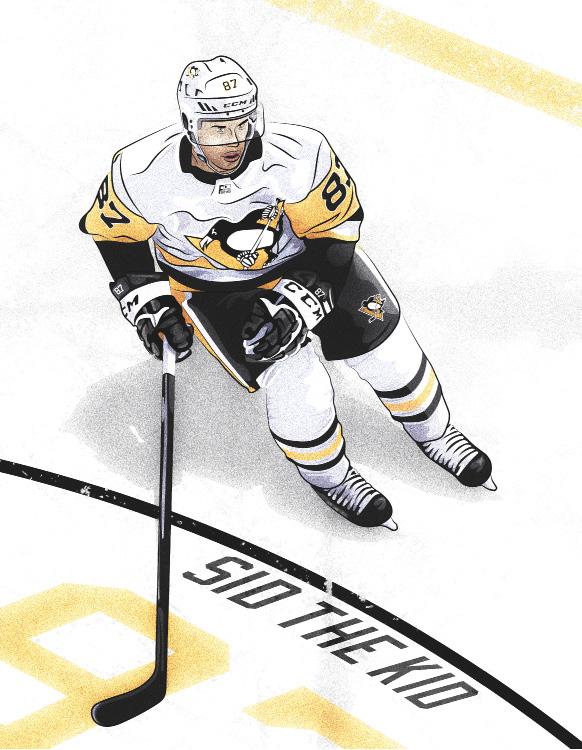
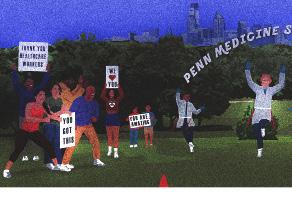
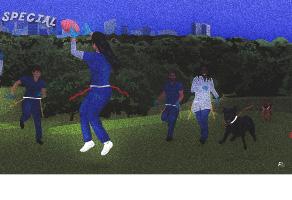
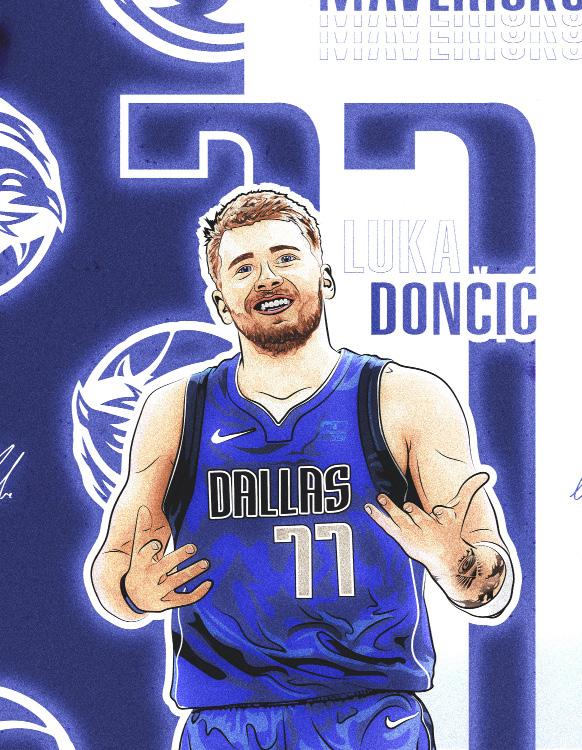
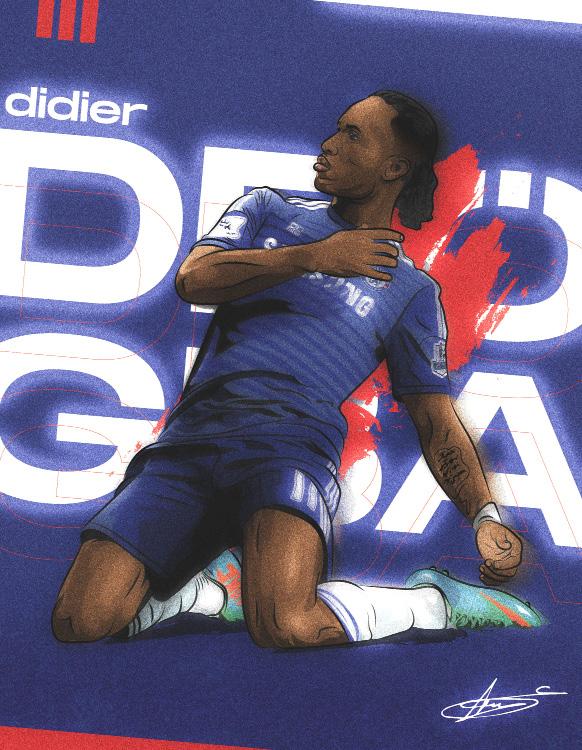
typography
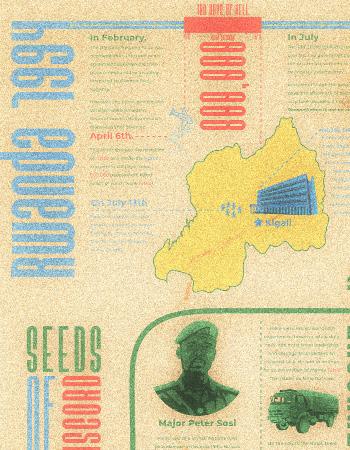
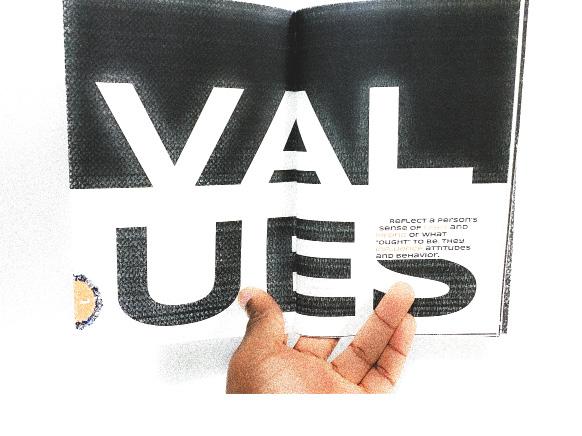
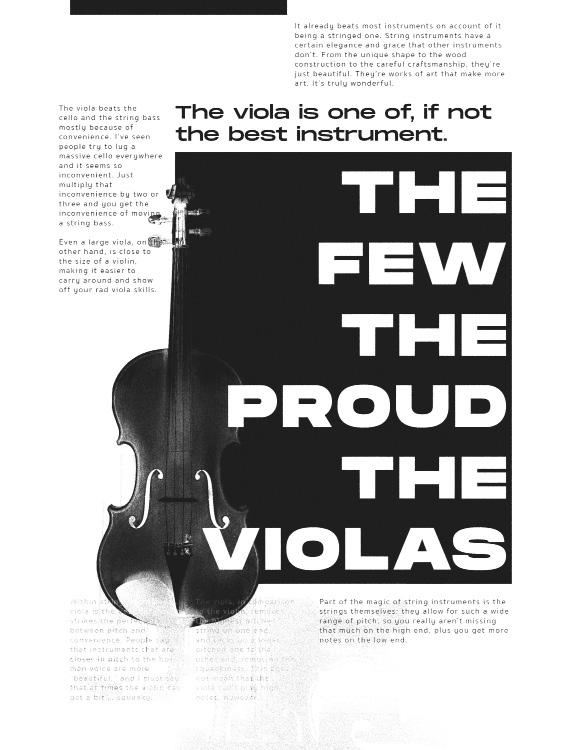
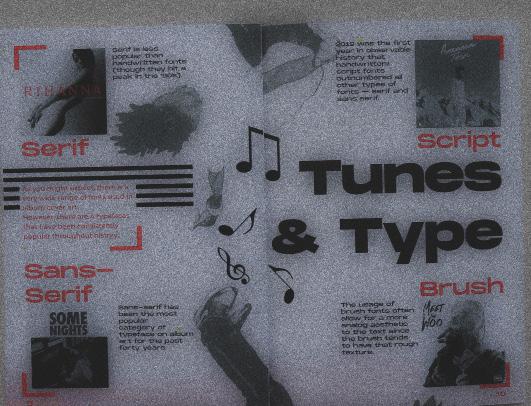
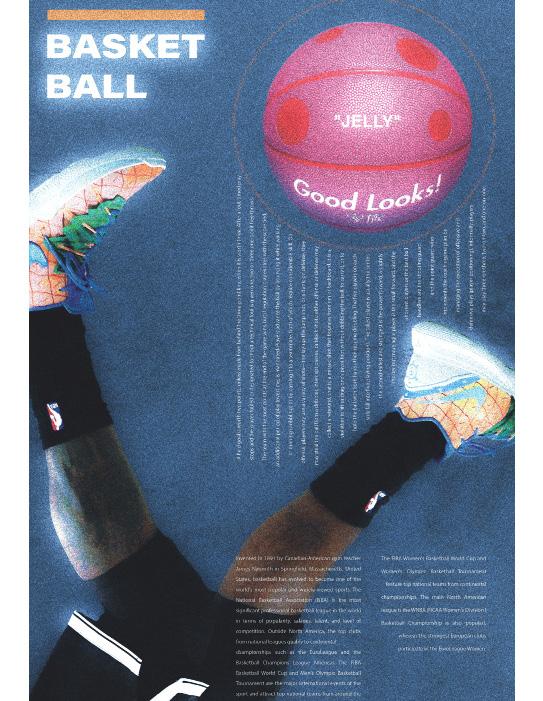
photoshop
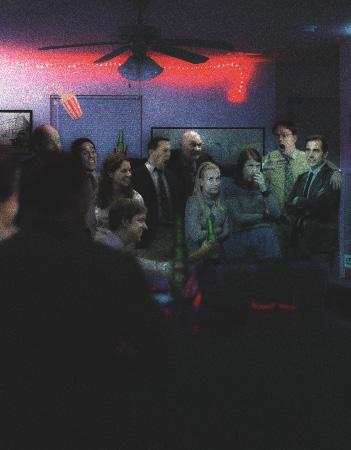
thoughts on thesis
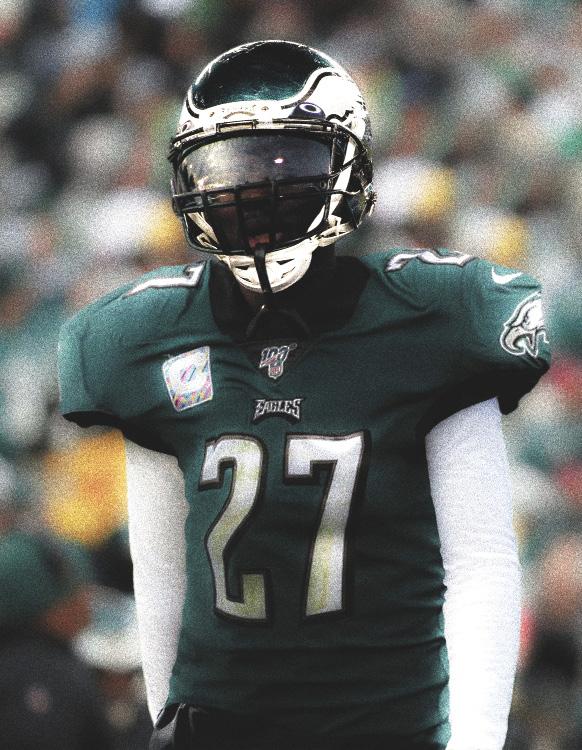
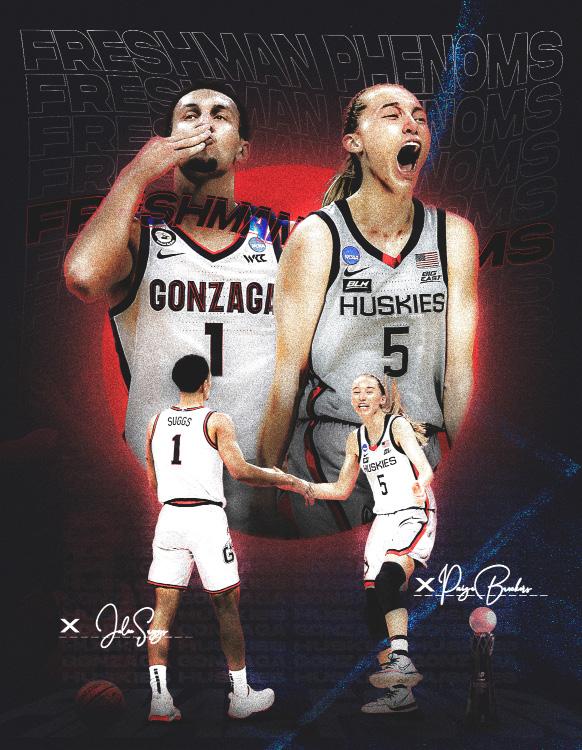
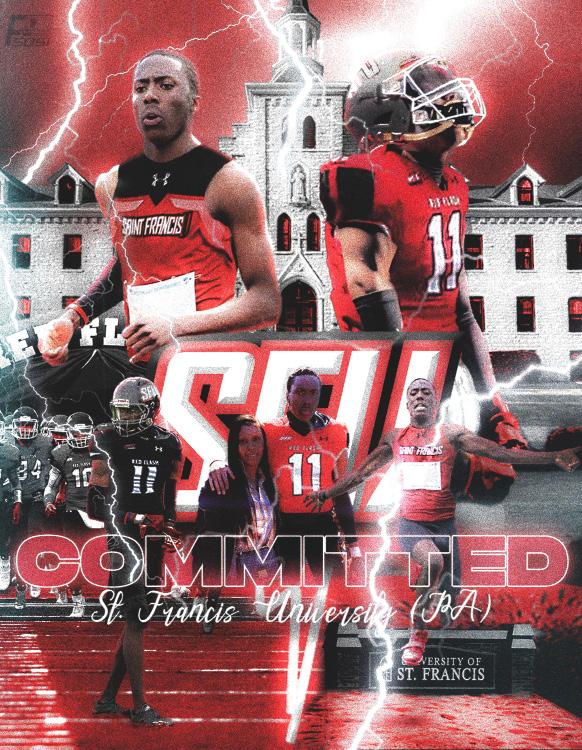
publications
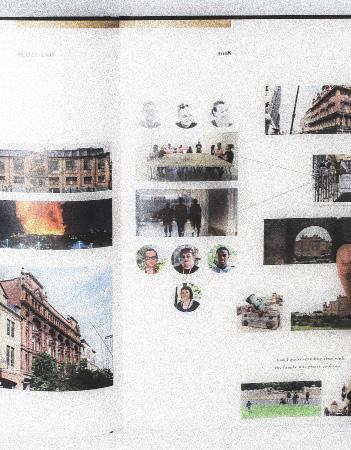
thoughts on thesis

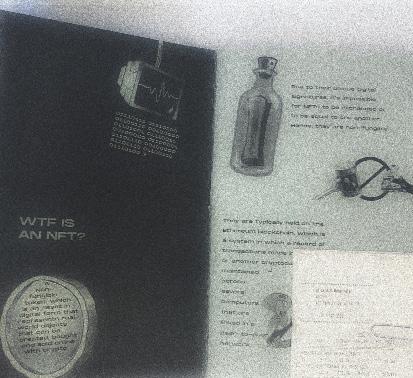
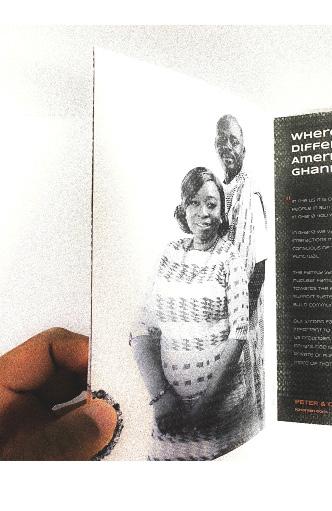
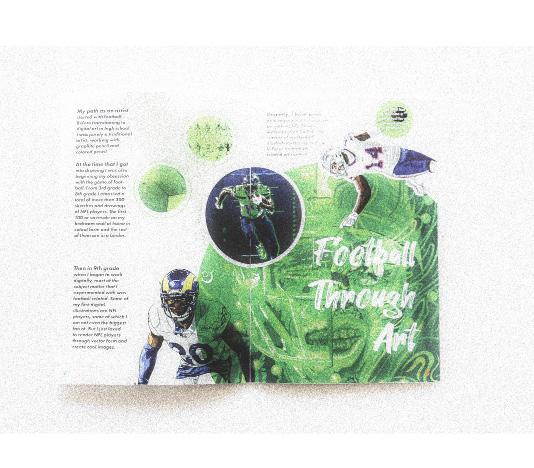
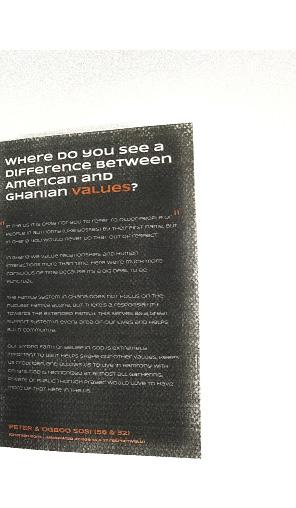
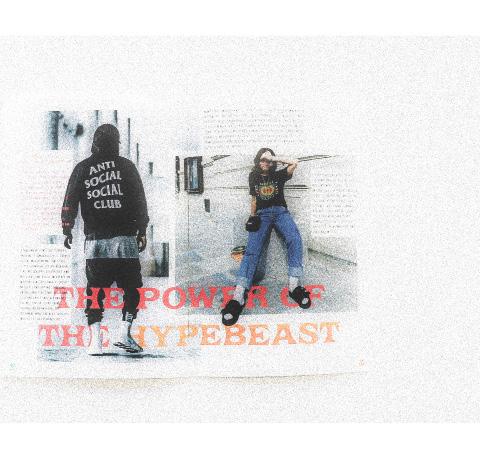
illustration
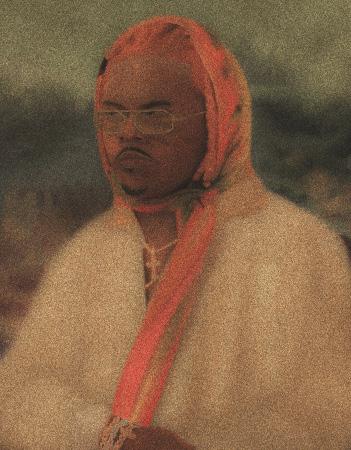
thoughts on thesis
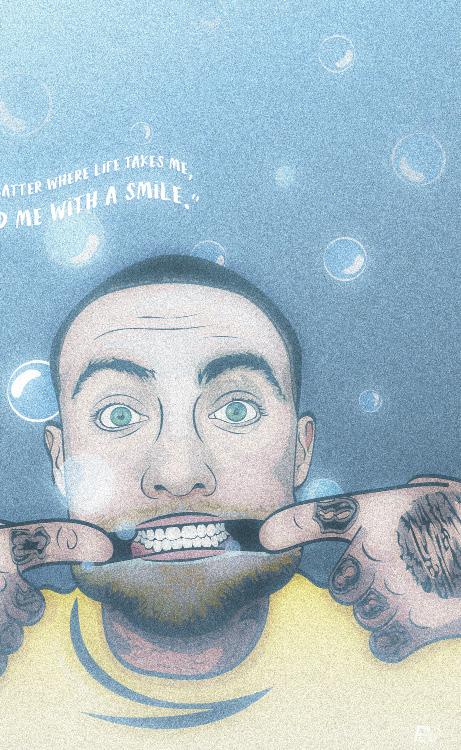
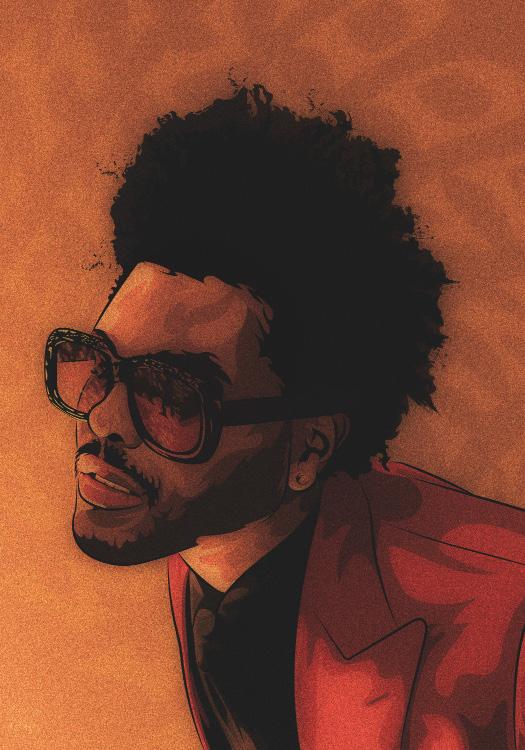

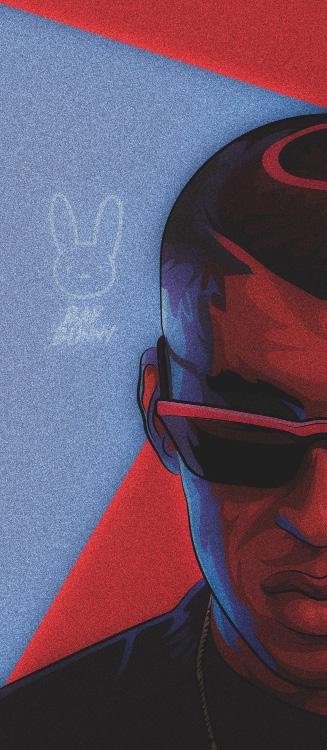
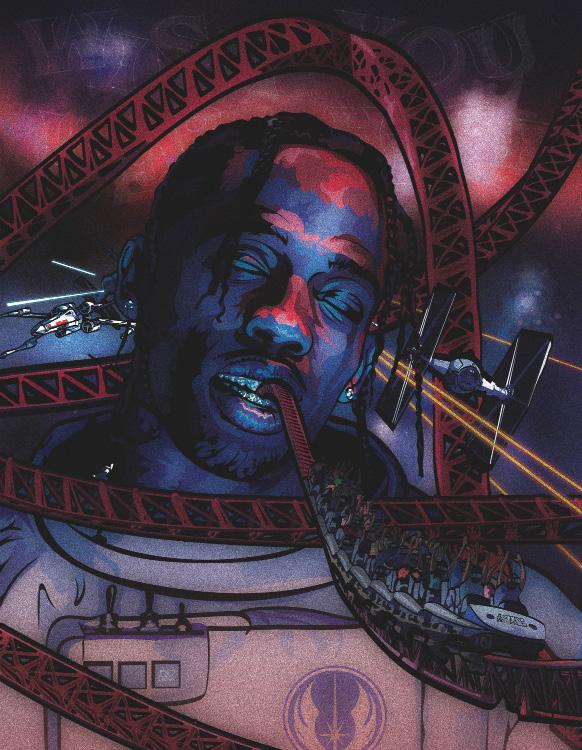
apparel
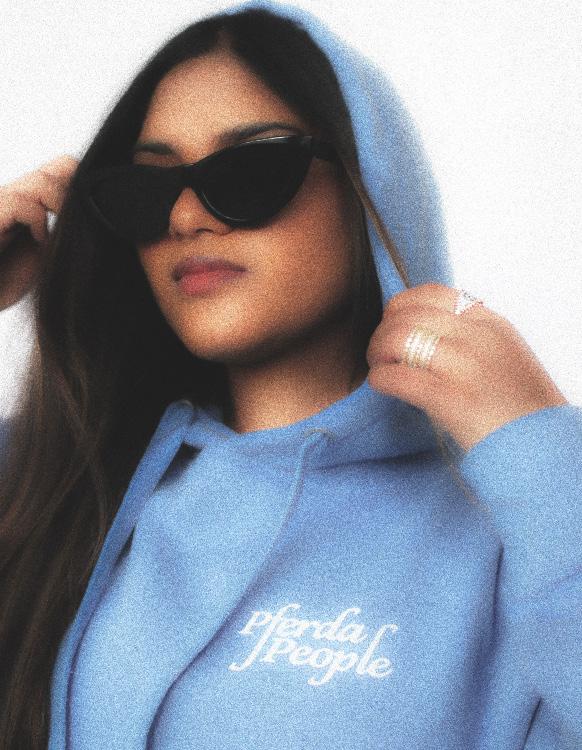
on thesis
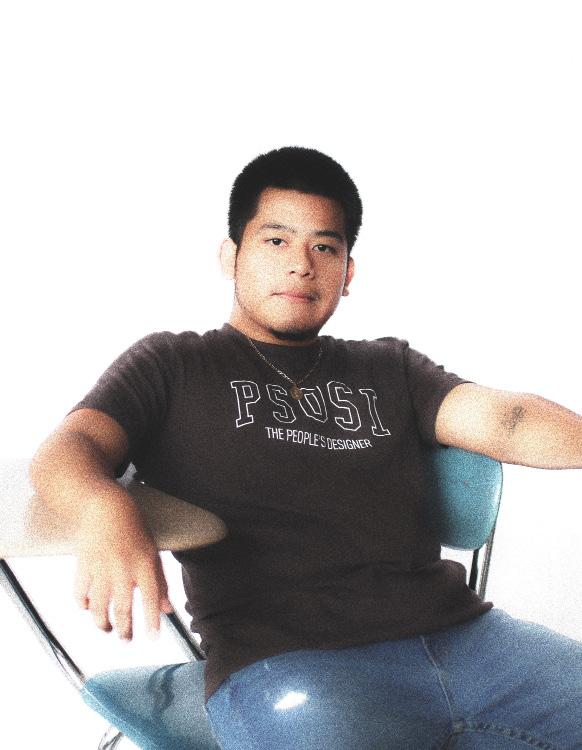

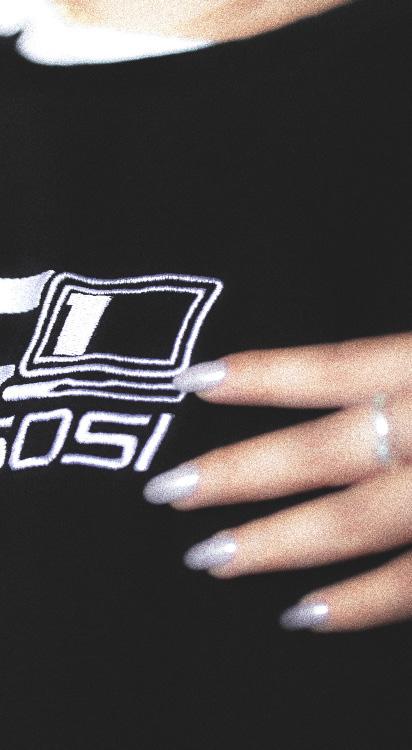
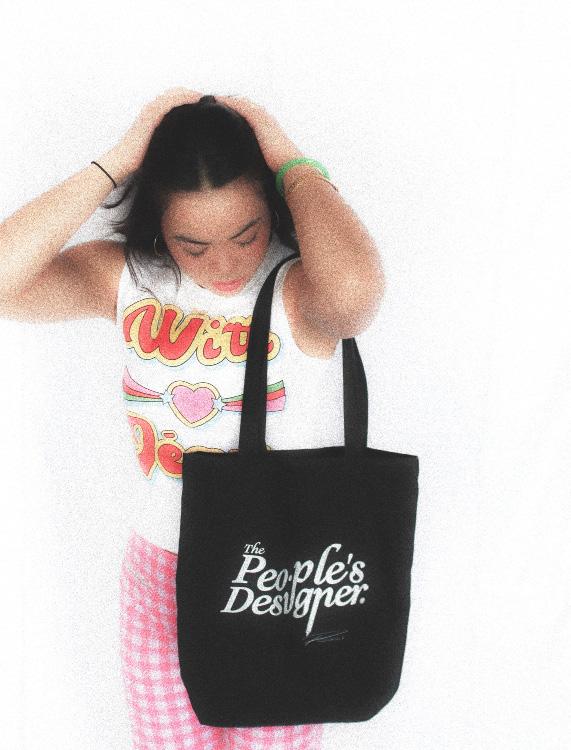
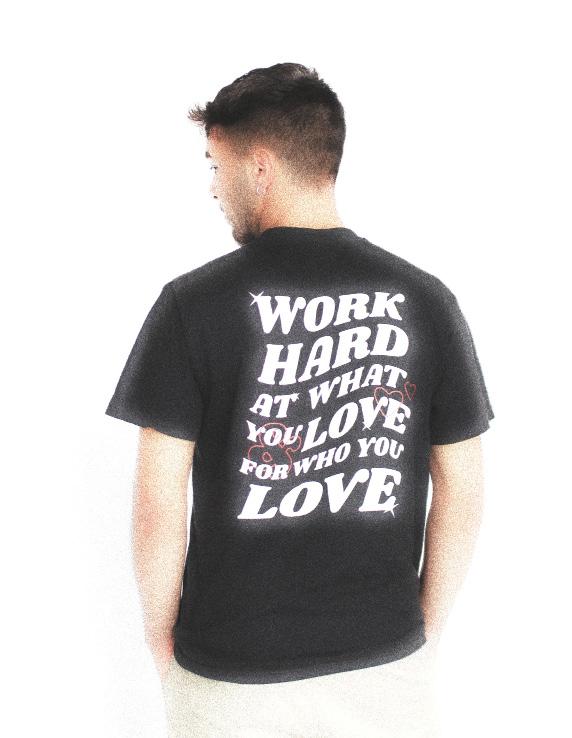
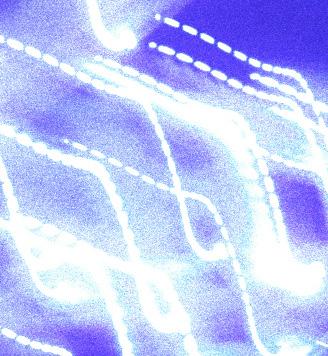
future
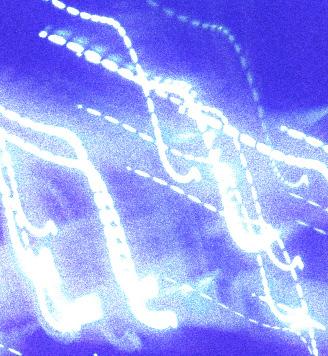
thoughts on thesis
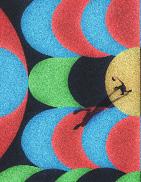
my homecourt
When I was in High School, the basketball courts at my old elementary school were renovated and received a brand new colorful pattern that immediately drew crowds of people to play. Even people who weren’t from the community. So I thought, why not do the same thing with the basketball court in my hometown, Rutledge, PA. Currently, the court is pretty beat up and could use some renovation. And I think it could greatly benefit from the addition of a colorful public art display through the court itself. It would also be an opportunity to involve the community in a collective effort to breathe life into an otherwise mundane and dry environment. MyHomeCourt would be a great reference for executing a project like this.
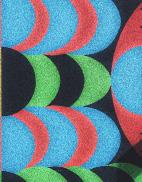
thoughts on thesis
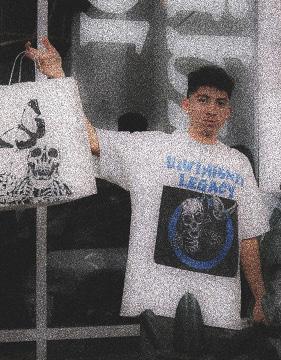
unfinished legacy
Ever since I started working with Fresh Prints, a custom apparel company back in the summer of 2020 I’ve grown an interest in fashion and apparel. Specifically the street-wear fashion aesthetic. A brand that caught my eye from the beginning is Unfinished Legacy. It started as a small one man operation by the artist Brema Brema, who shared his design and screen printing process with the world via Tik-Tok. He quickly blew up and grew to have a whole team and is now a very well established brand, even collaborating with Bella+Canvas recently. I hope to eventually enter the fashion design industry soon and create my own brand that people can rock.
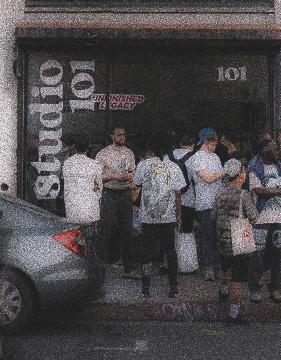
thoughts on thesis
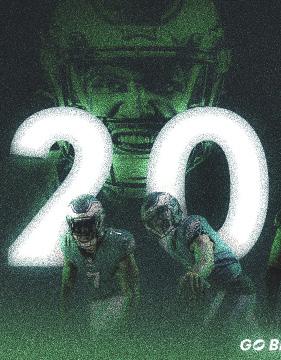
Philadelphia Eagles Branding
A personal project I’ve had in mind for a while is to create a social media re-brand mock-up for my favorite sports team, the Philadelphia Eagles. The system that they have now is cool, but I don’t feel like it’s specific enough to Philadelphia and the team. Like the design system that they have could be applied to pretty much any other team and it would work. It would give me more practice in how to translate research and history into a graphic system that successfully pays homage to the past while existing as a fresh, original creation.
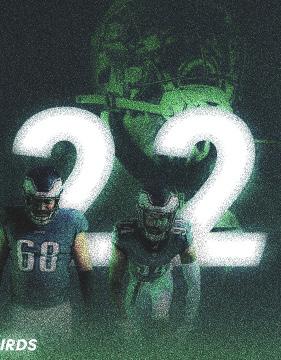
bibliography
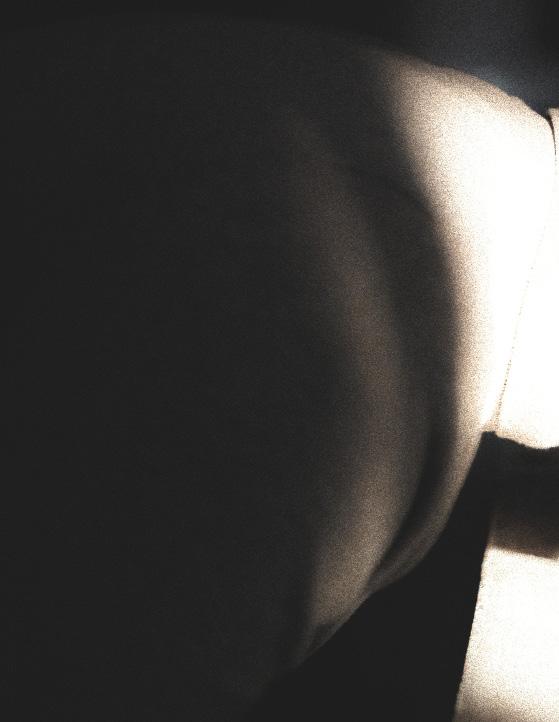
https://www.searchenginejournal.com/marketing-technology-data-racist-biased-fix/372987/ https://er.educause.edu/blogs/2020/8/10-quick-ideas-for-becoming-a-more-effective-mentee https://www.grapheine.com/en/graphic-design-en/africa-design https://www.barnesandnoble.com/w/go-chip-kidd/1115088240
https://www.fastcompany.com/90603980/how-bumbles-clever-design-helped-the-app-go-public https://www.nytimes.com/2022/10/21/technology/ai-generated-art-jobs-dall-e-2.html https://xd.adobe.com/ideas/principles/emerging-technology/ar-vr-difference/#:~:text=VR%20 replaces%20reality%20with%20something,been%20possible%20in%20the%20past. https://current.ecuad.ca/anthropology-design https://www.invaluable.com/blog/10-of-annie-leibovitz-best-known-photos/
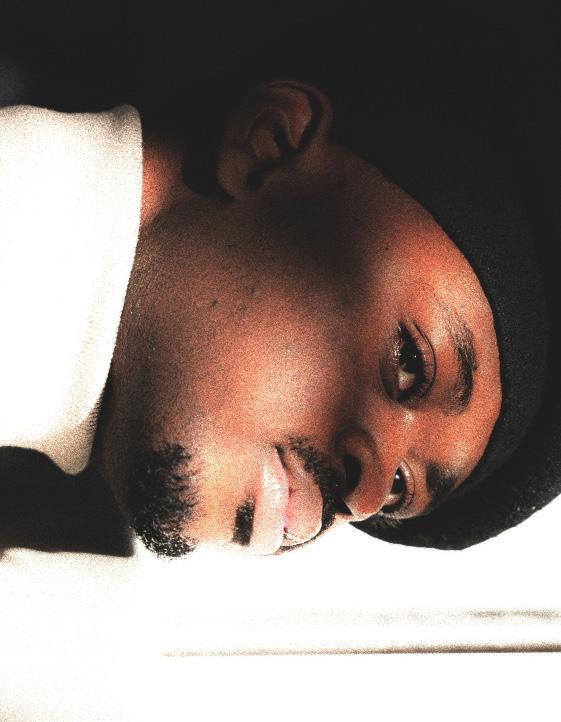
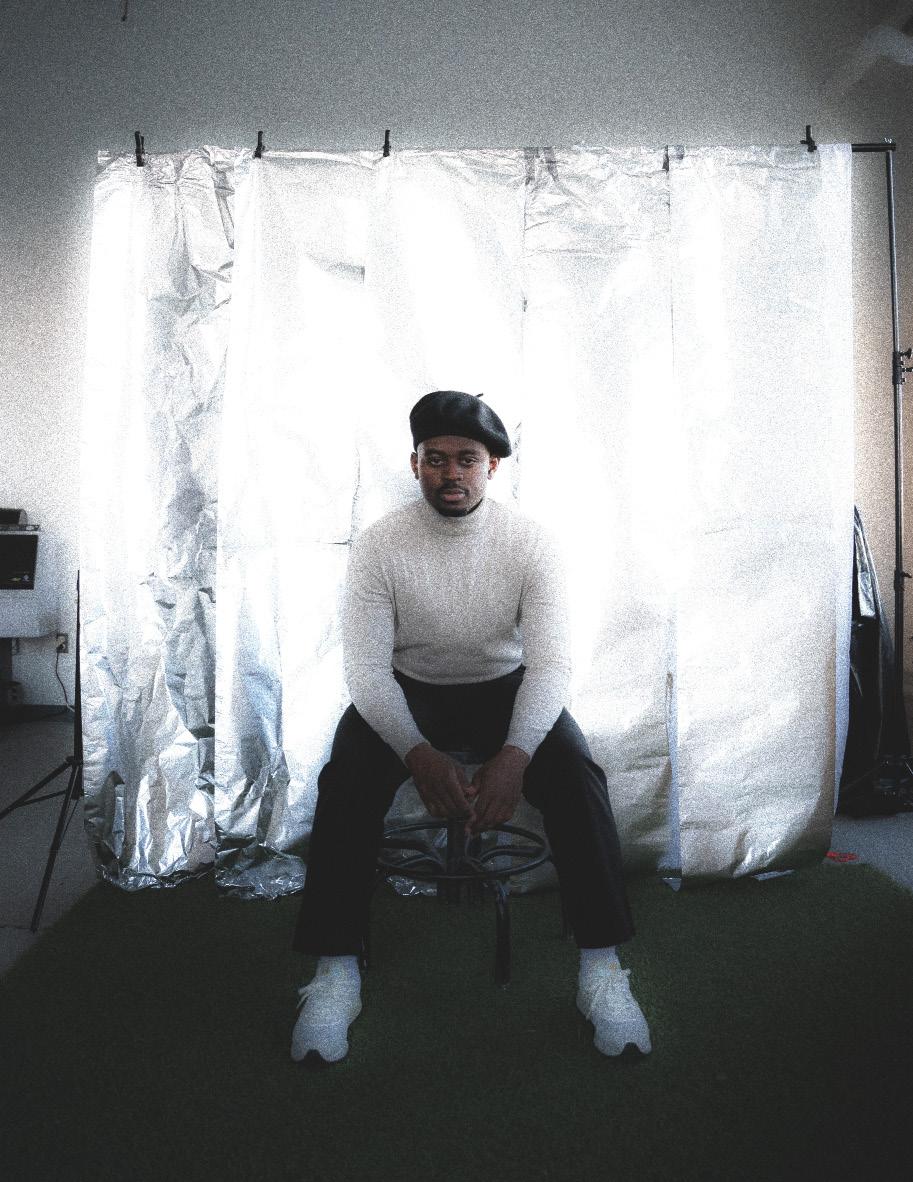
Colophon
Perry Sosi
Senior Graphic Design | CFA AR 483 Boston University | Fall 2022 Department of Graphic Design Professor(s): James Grady & Krystyn Wypasek Typefaces: Octarinne, Athelas
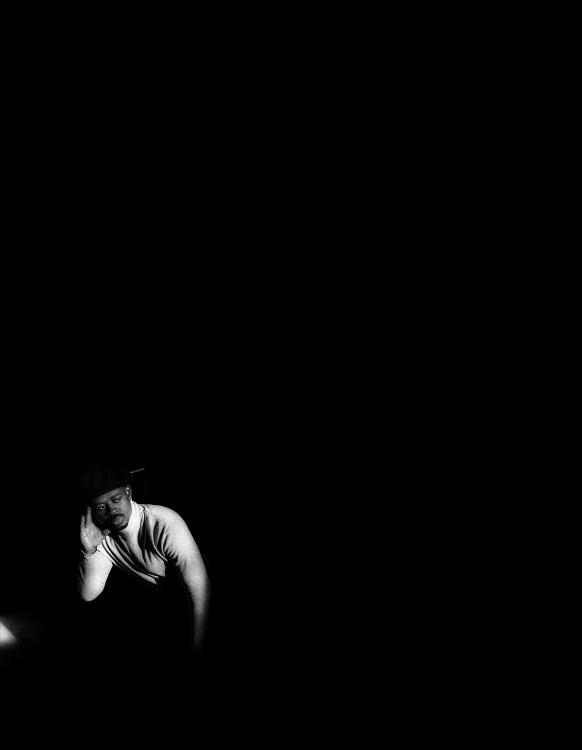
listen to thepoeple youdesign forwith
